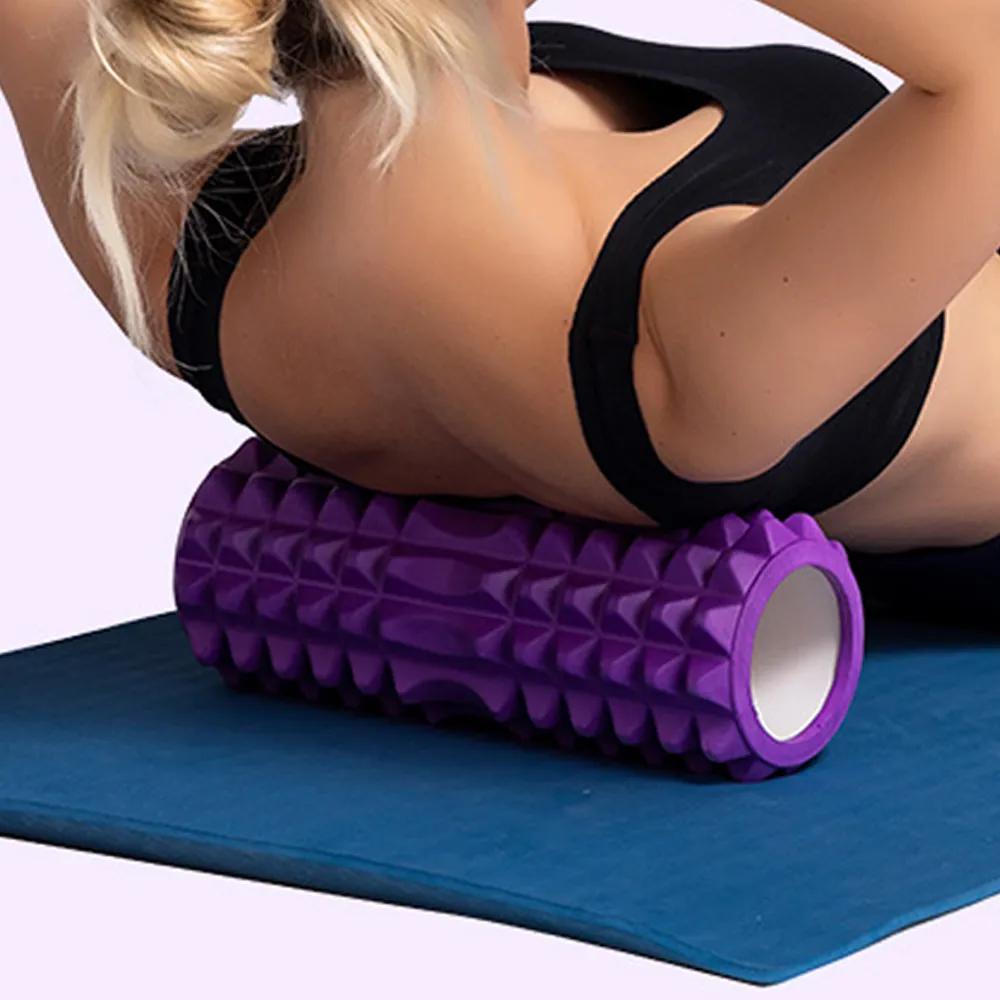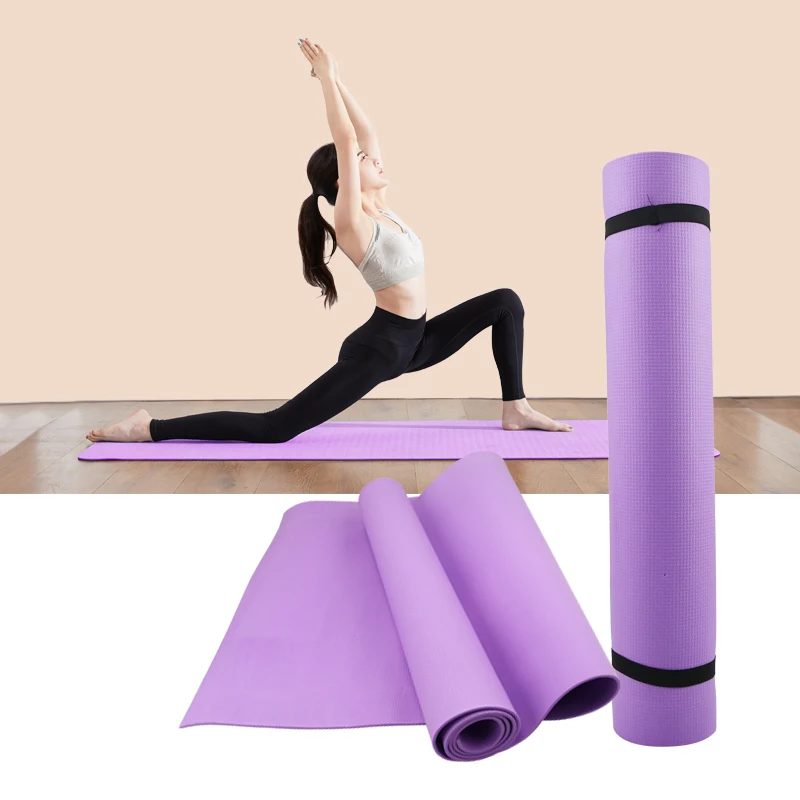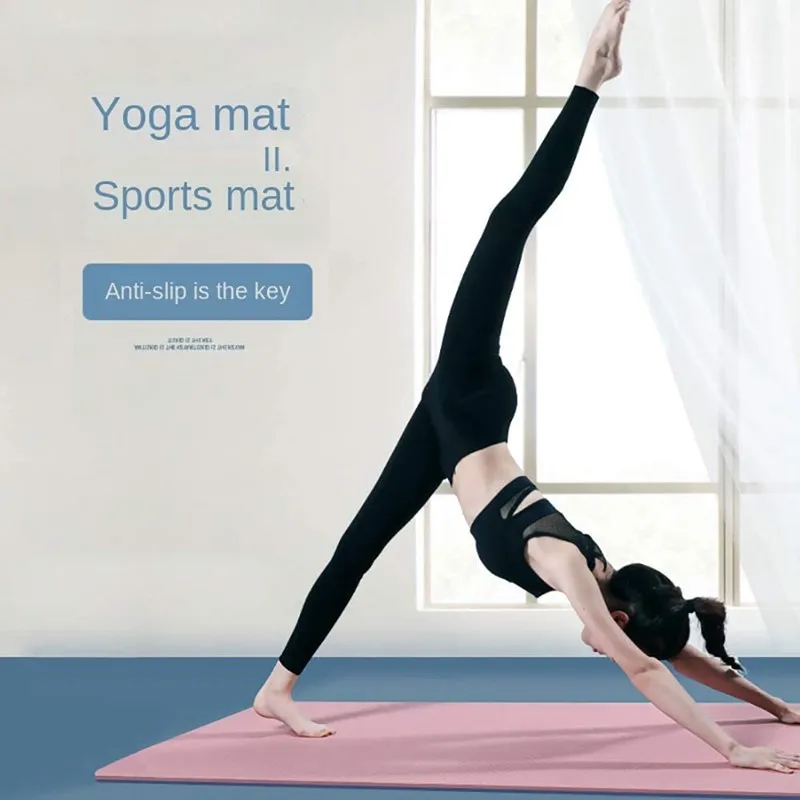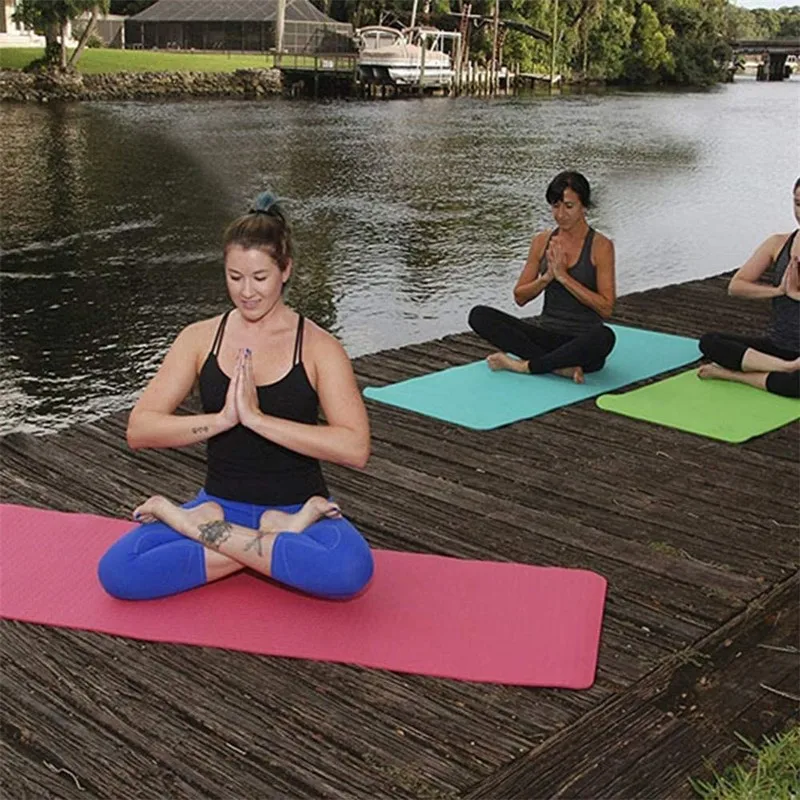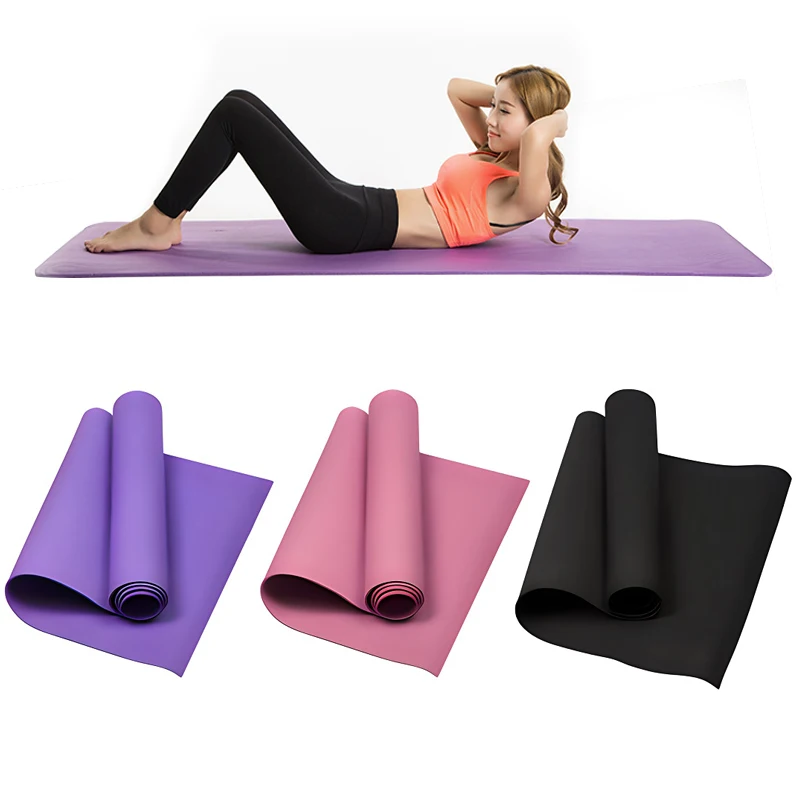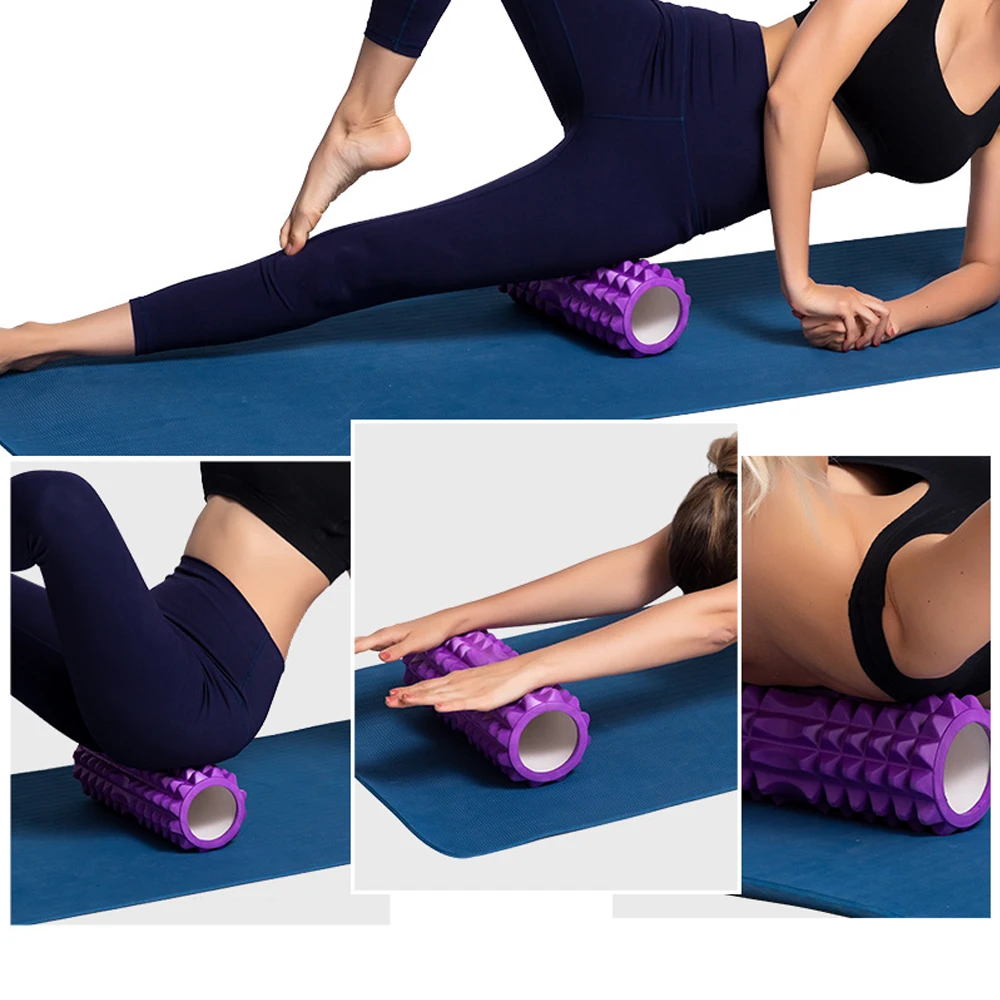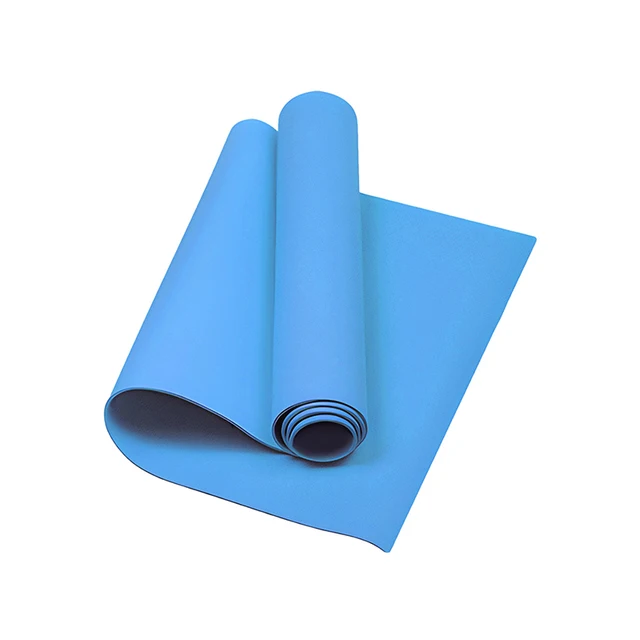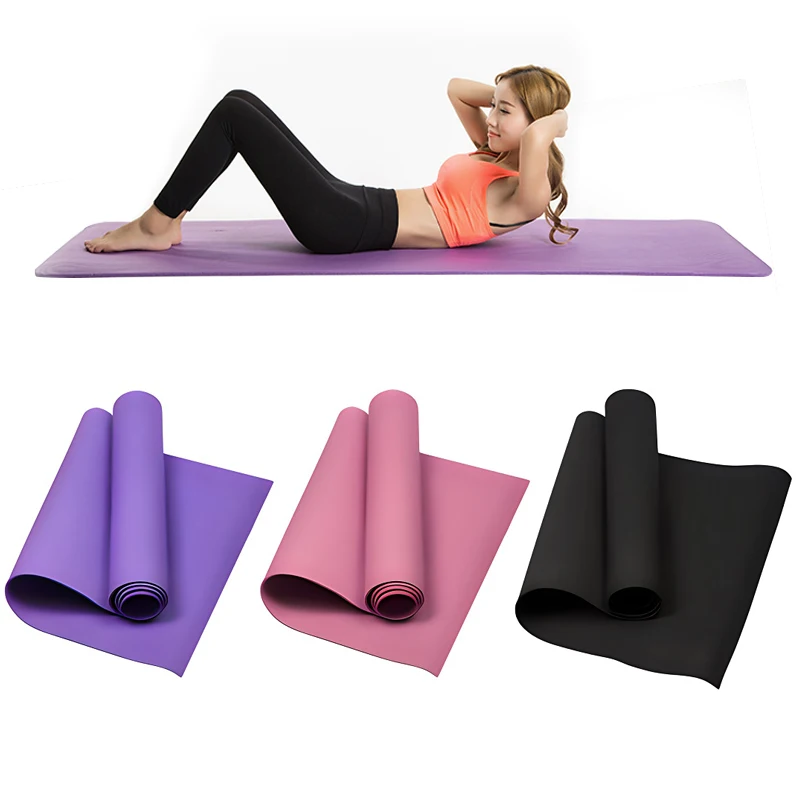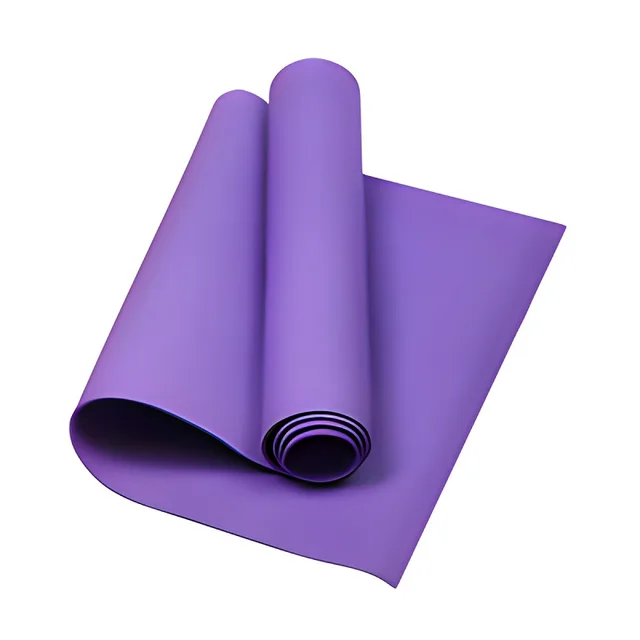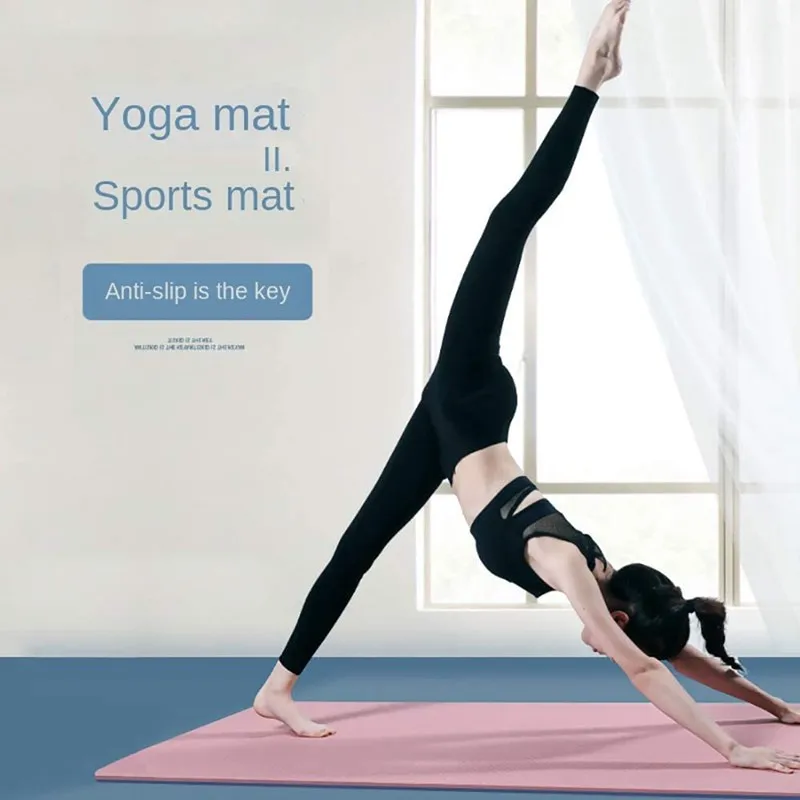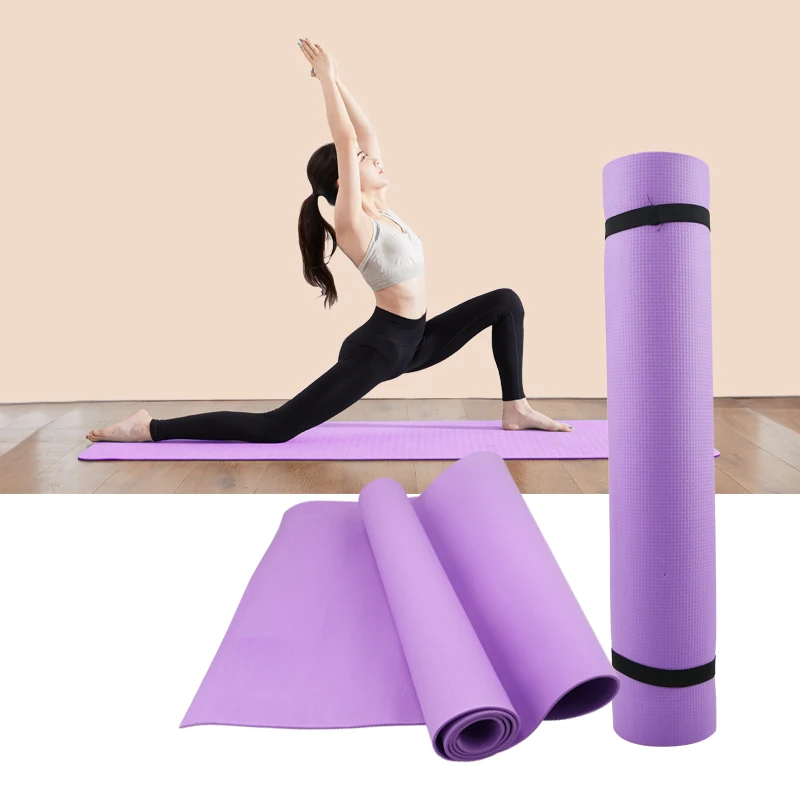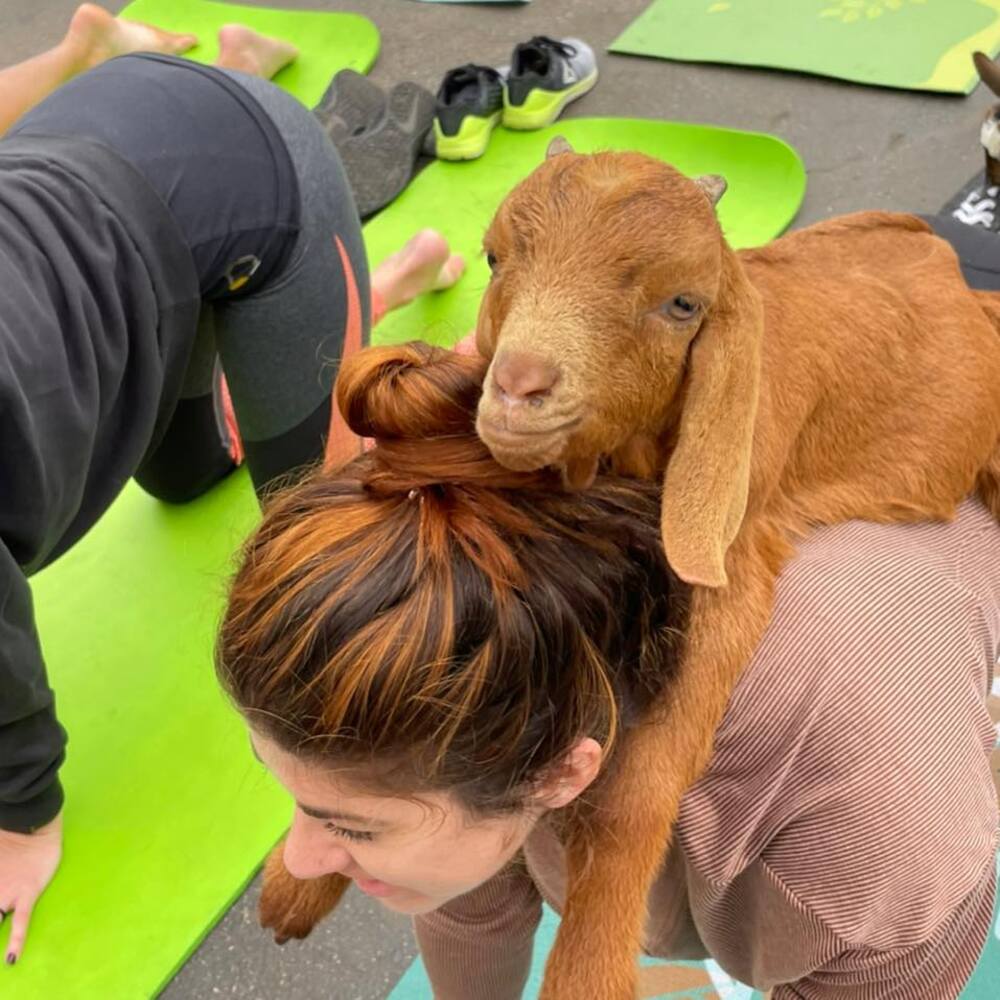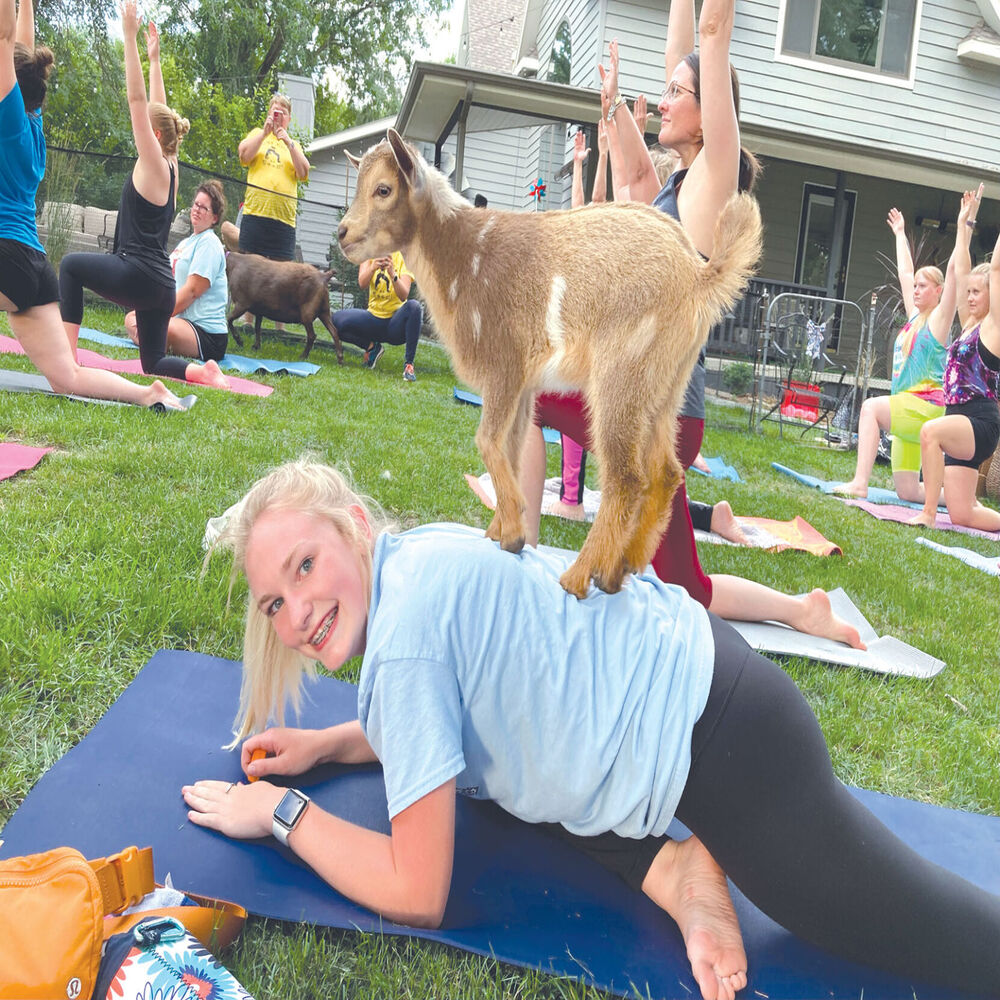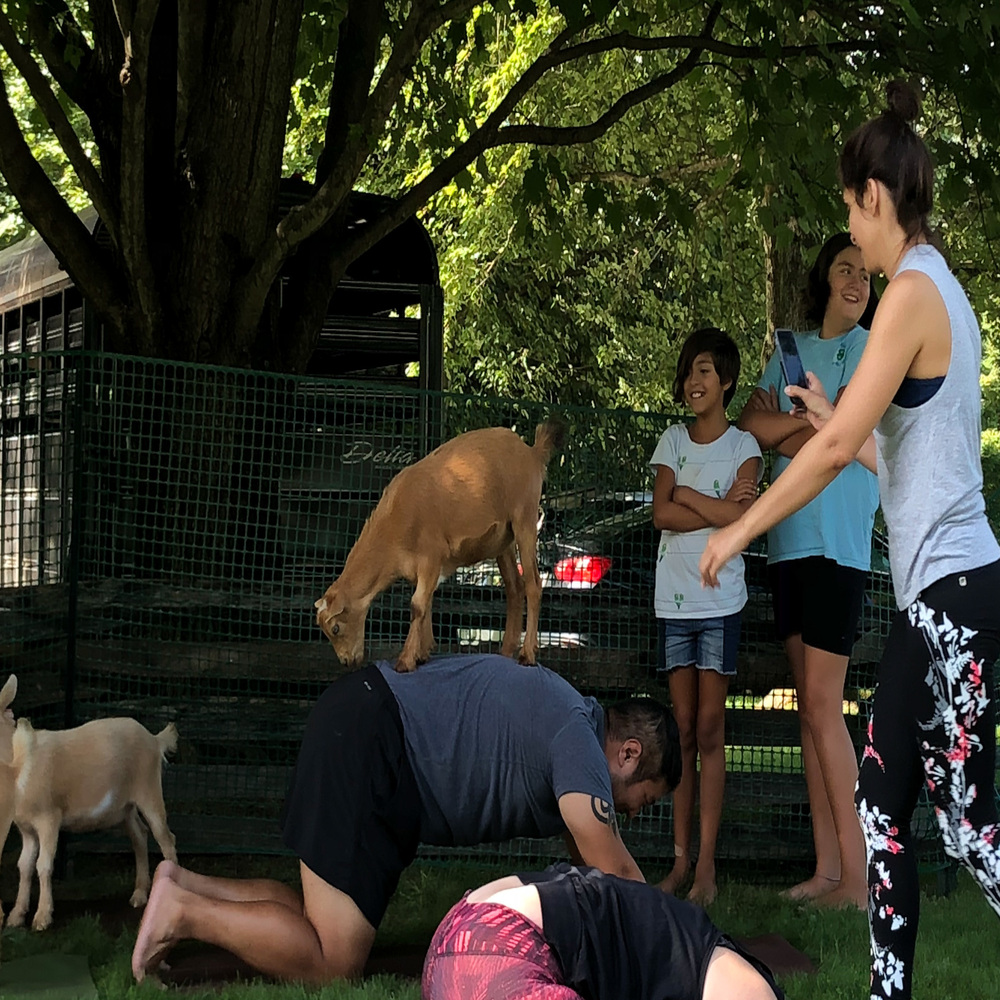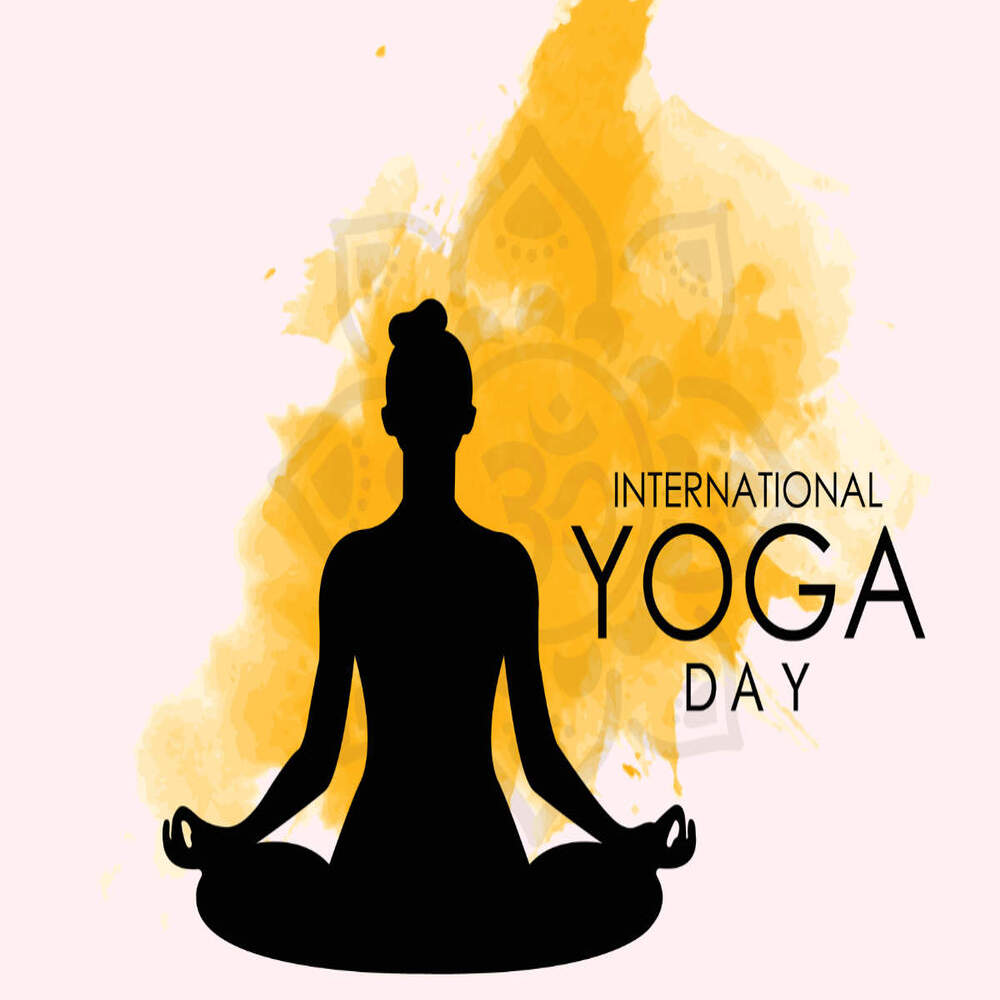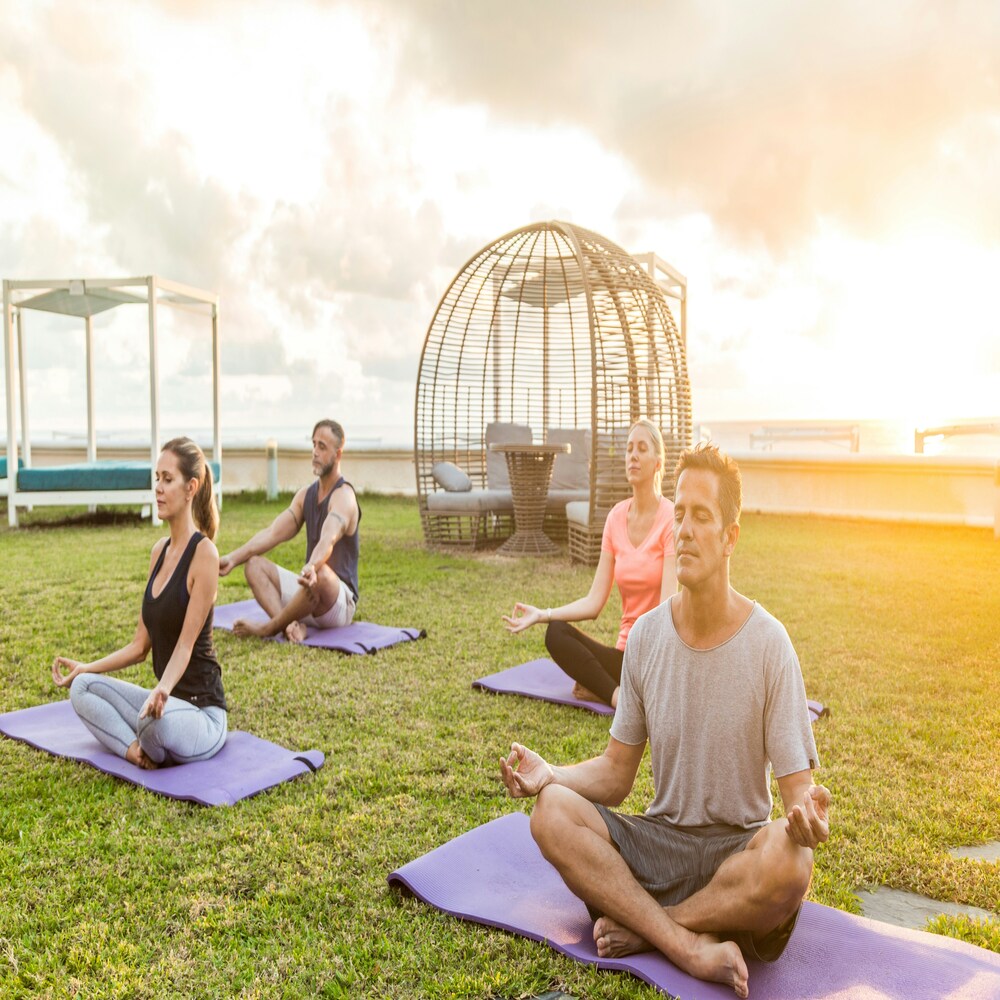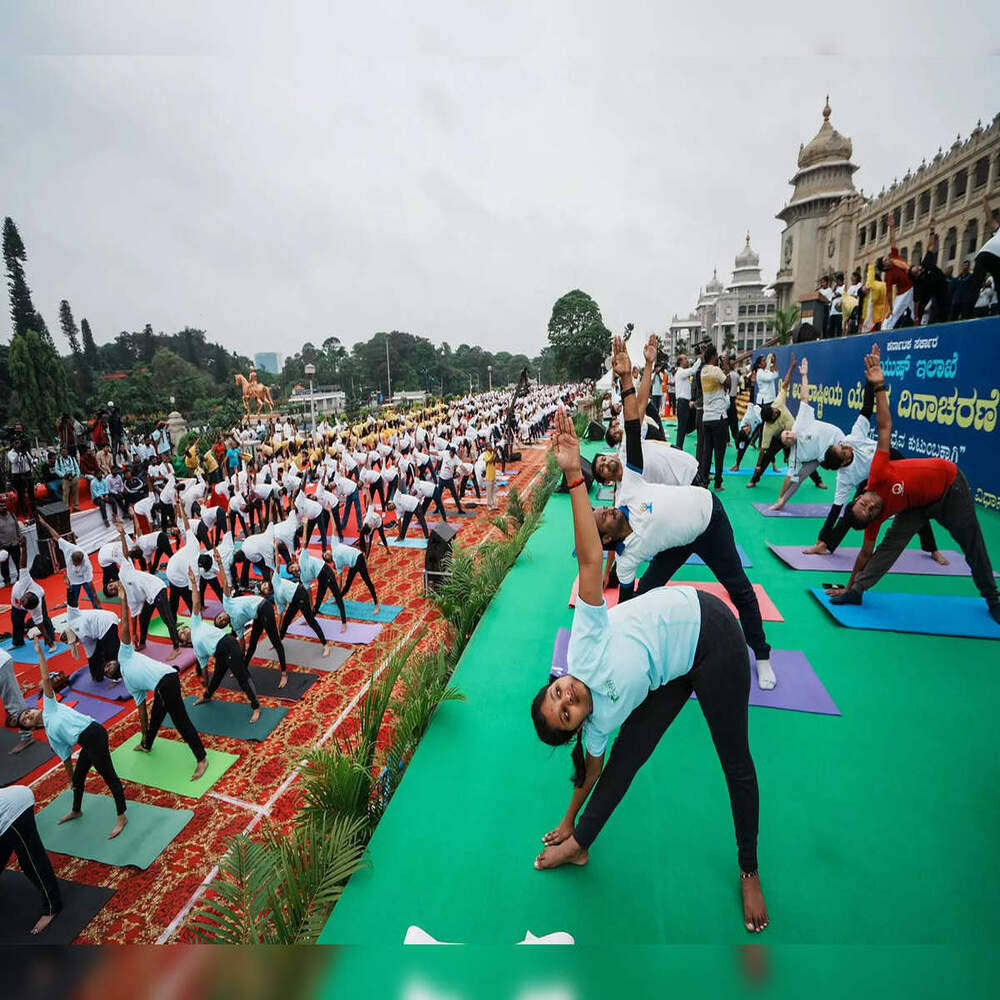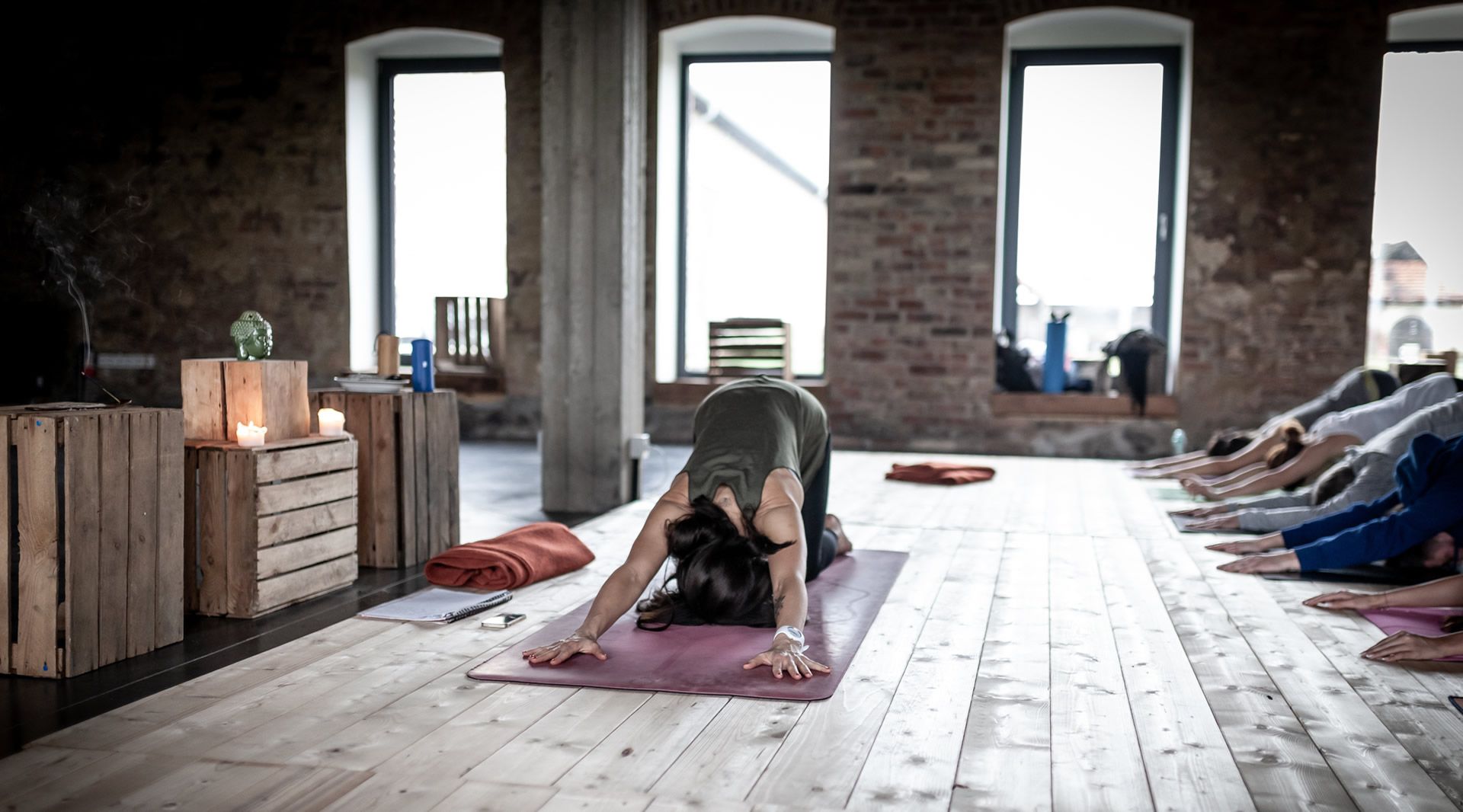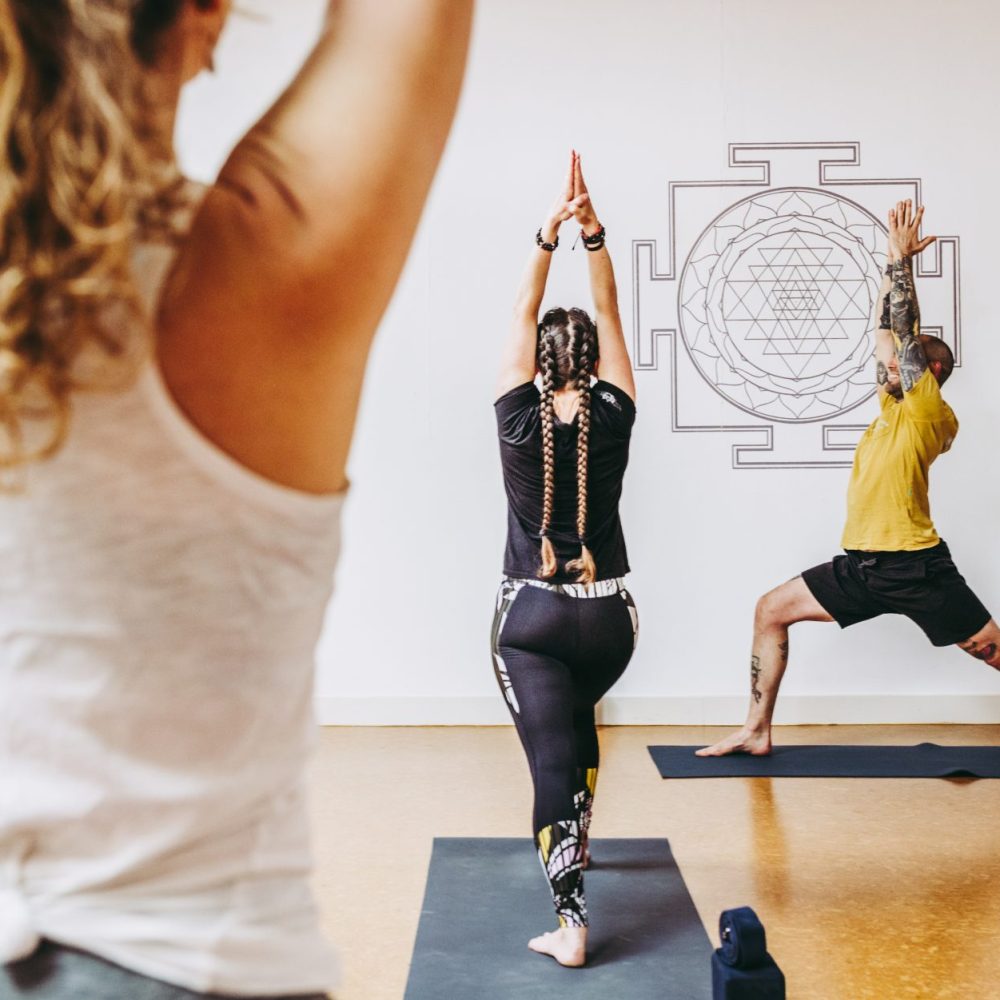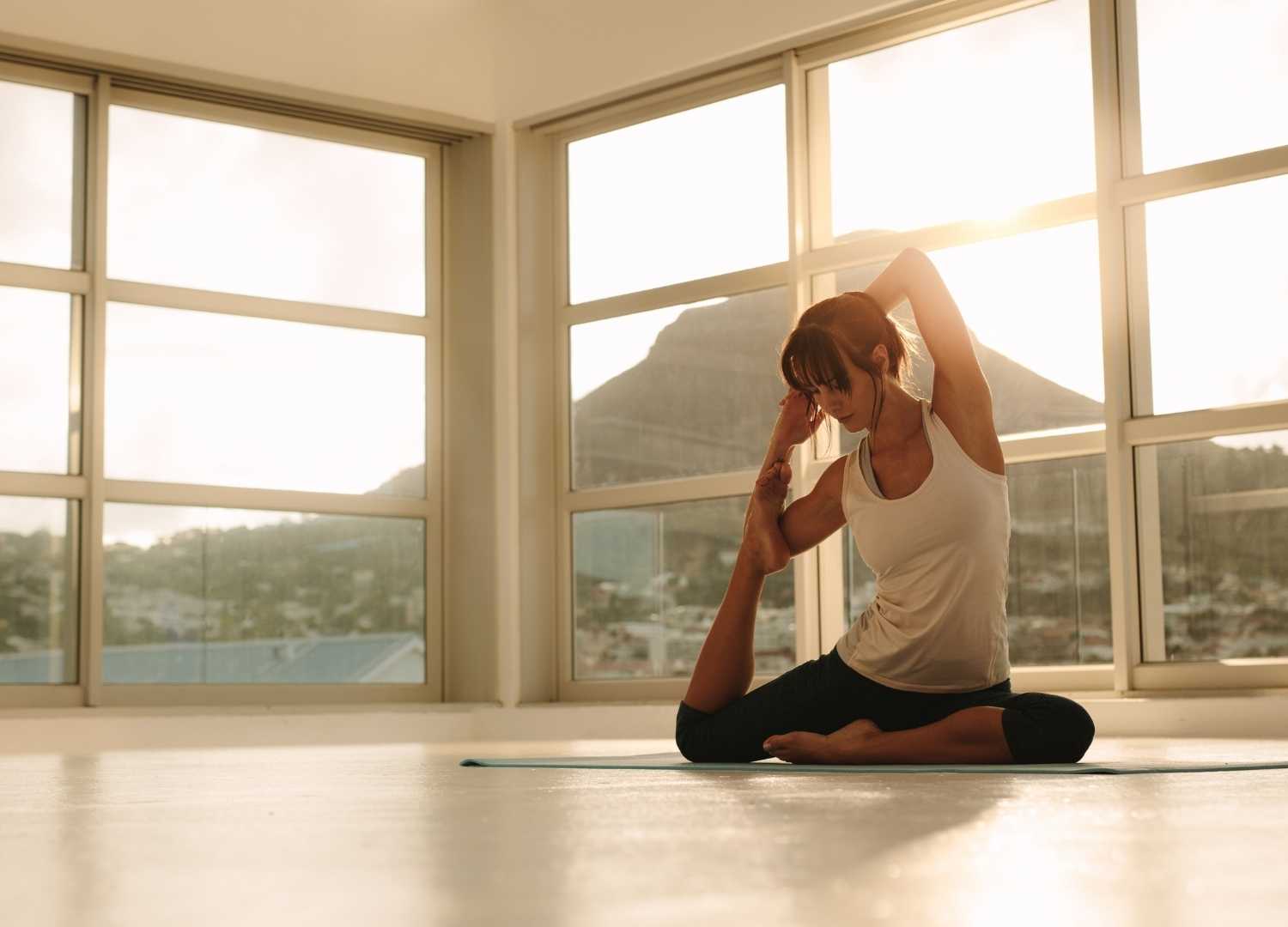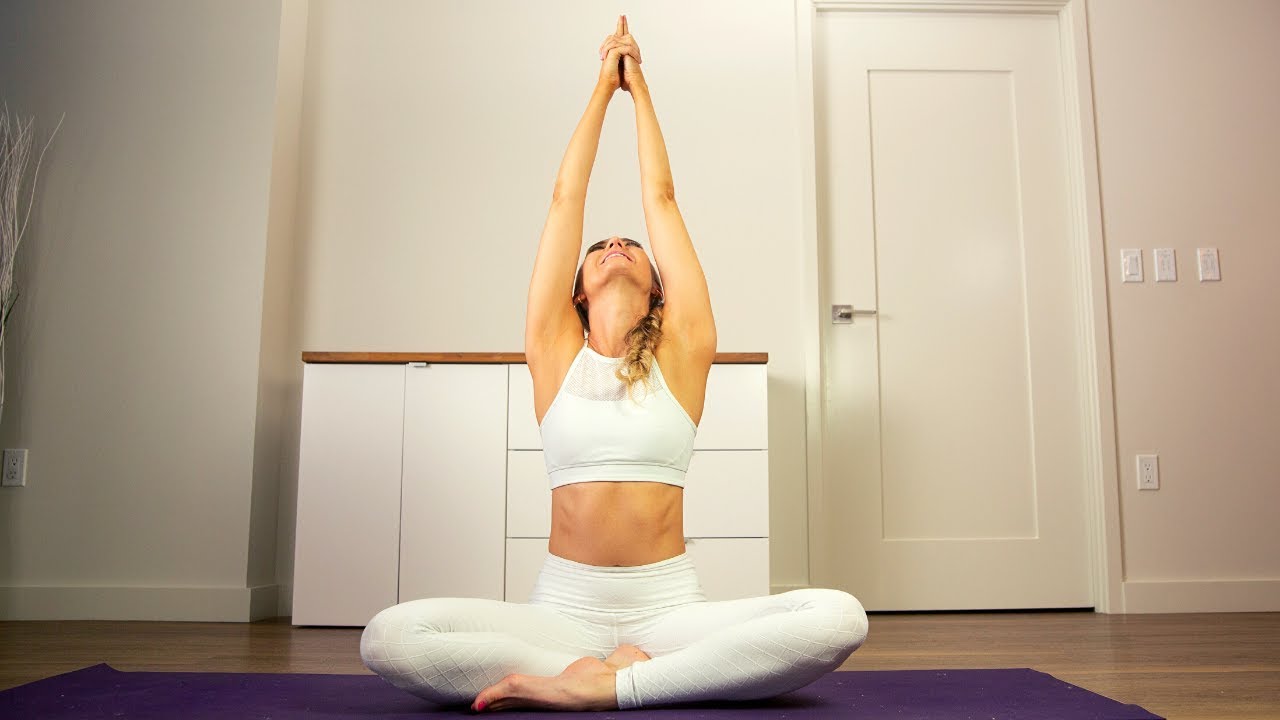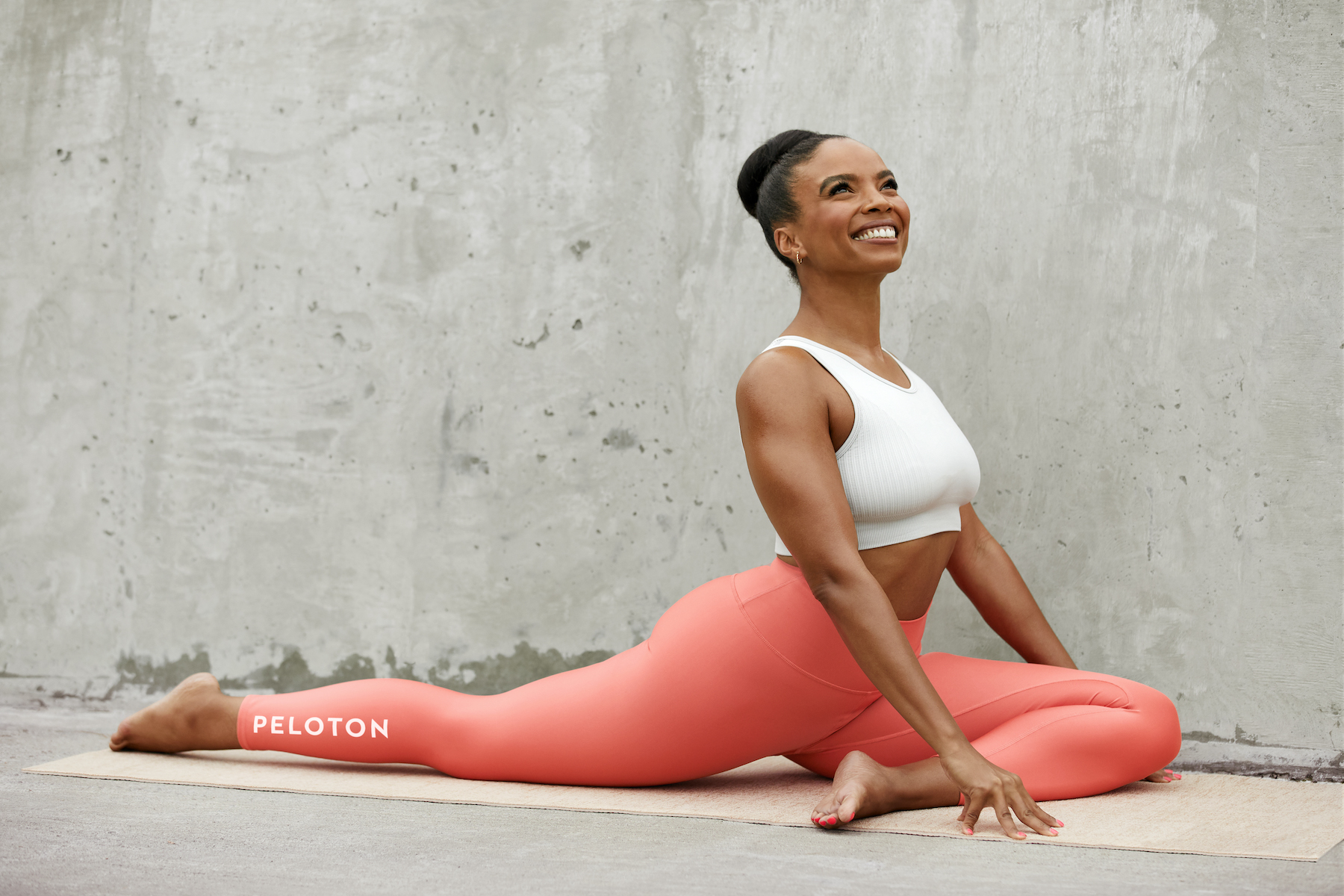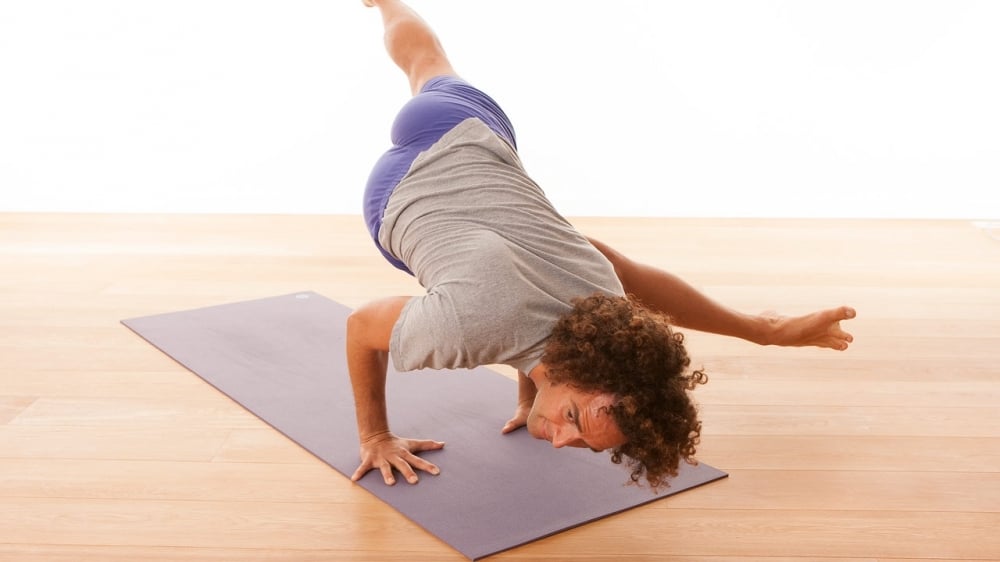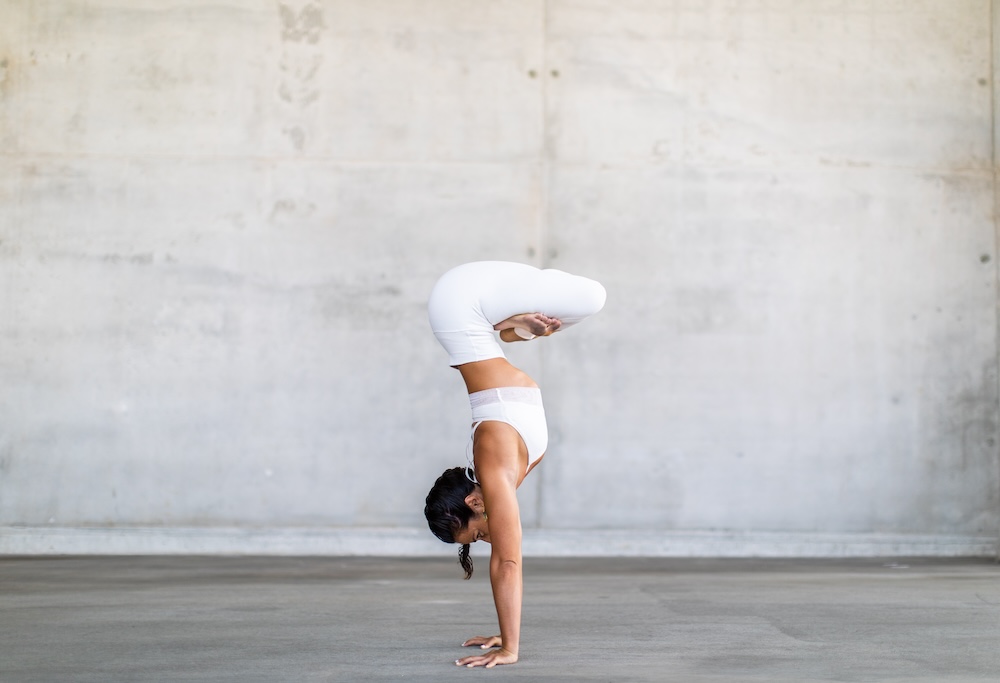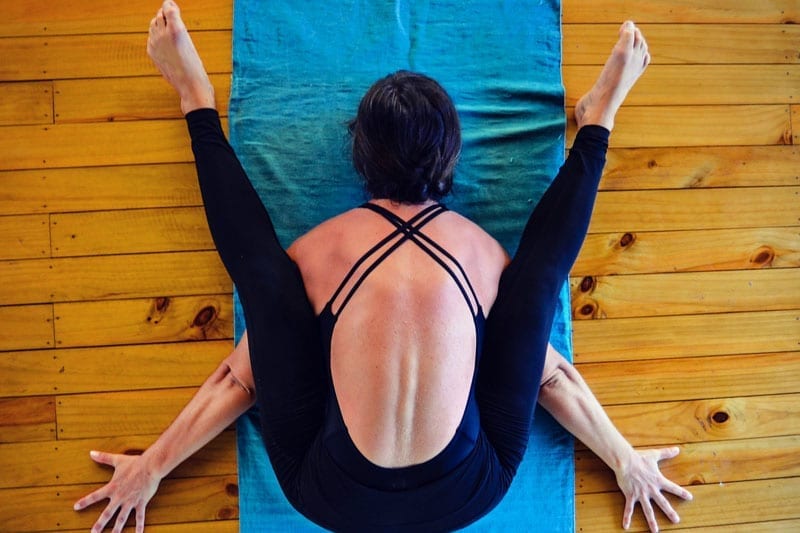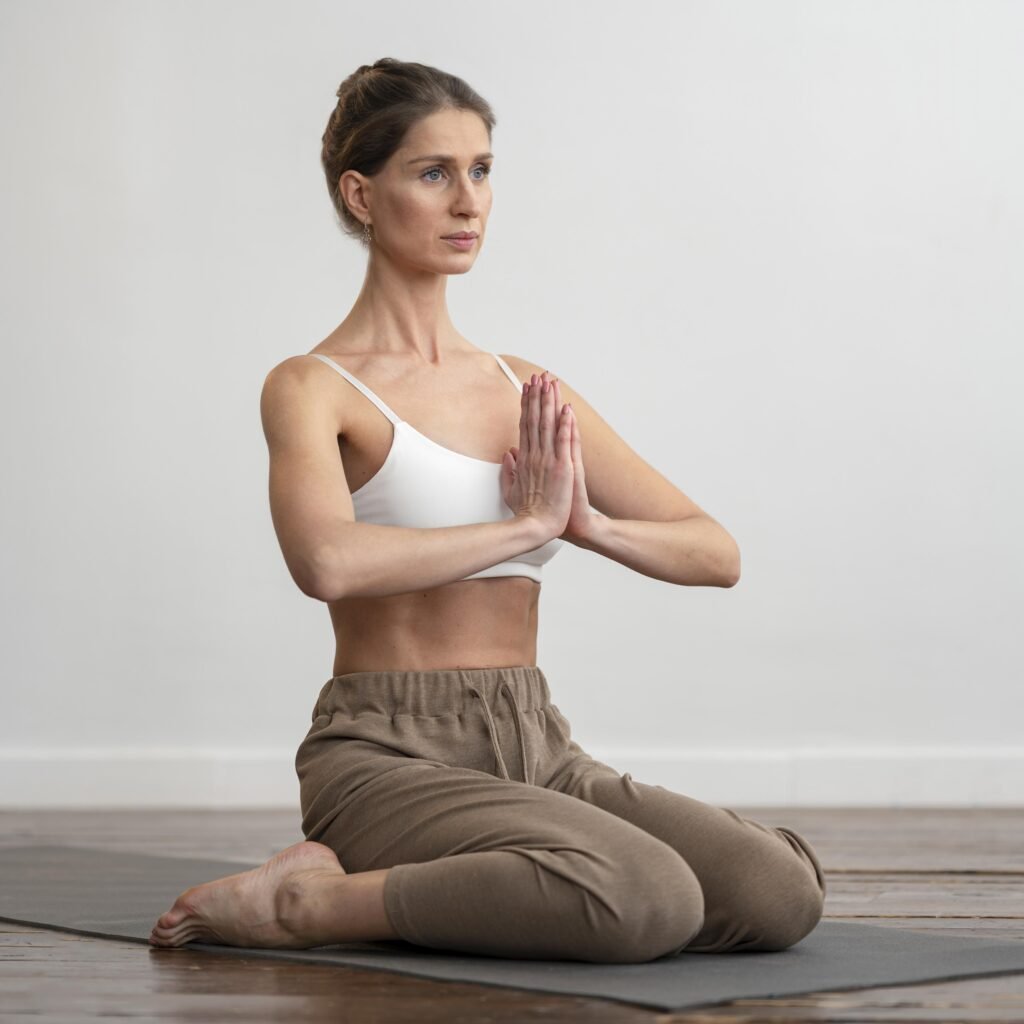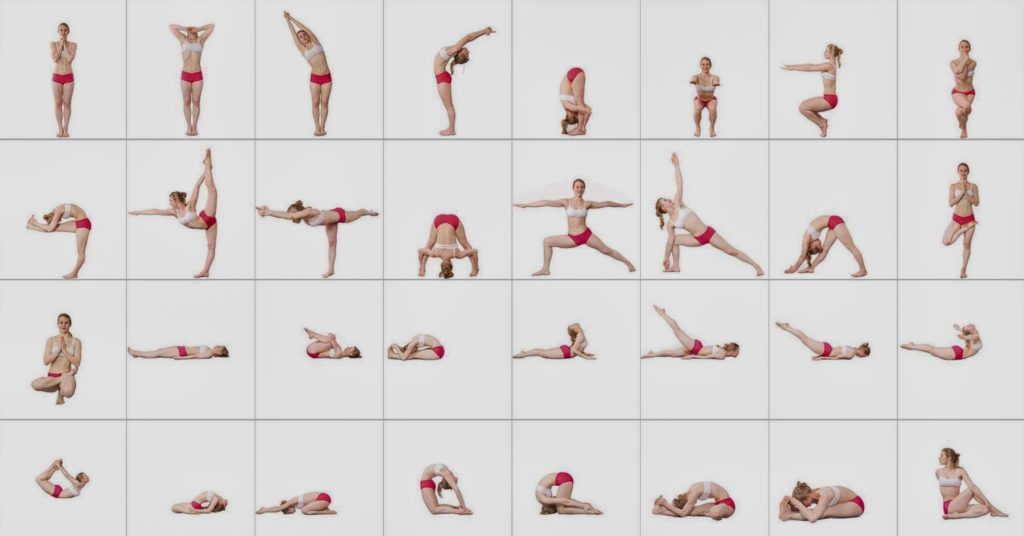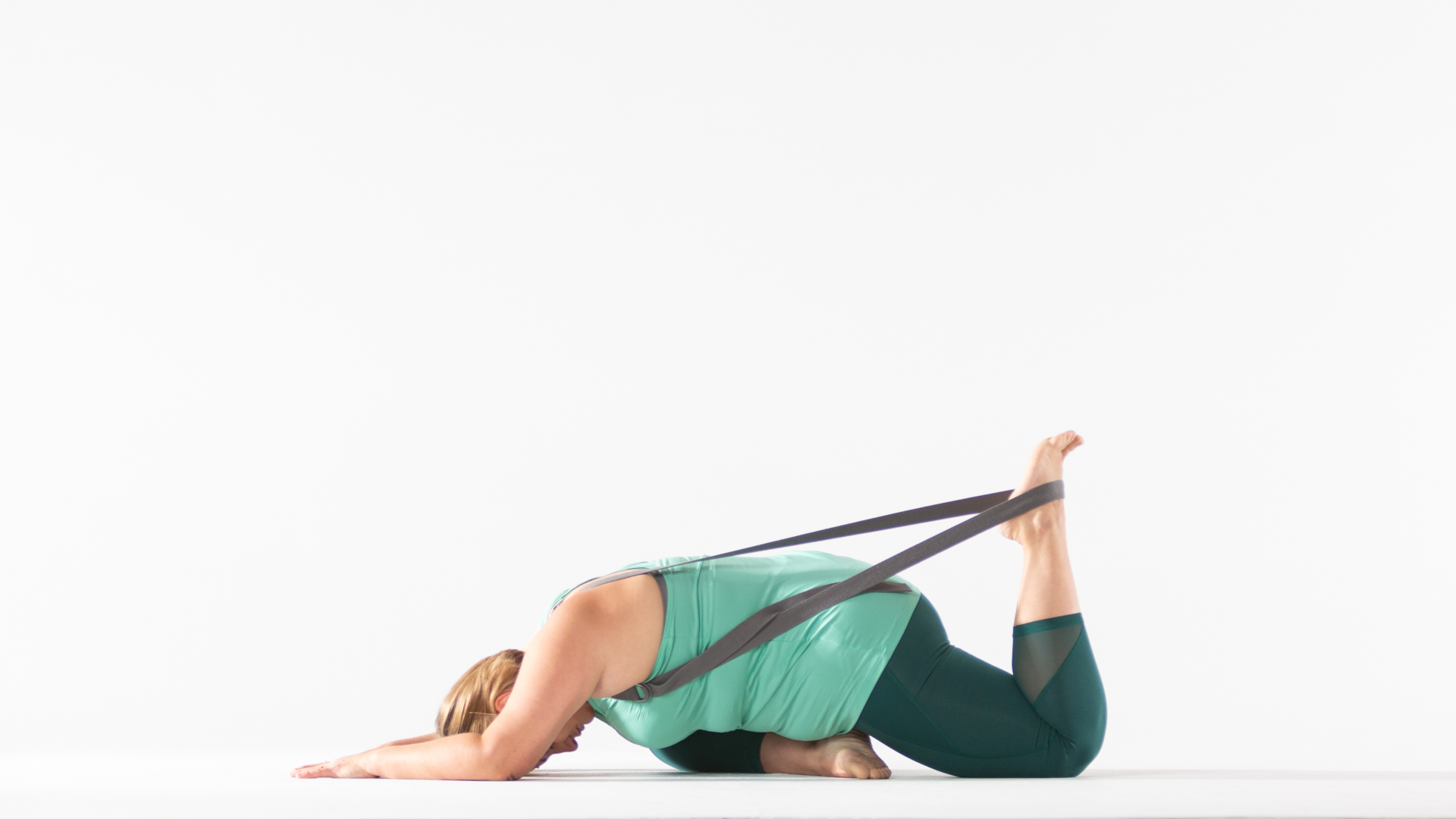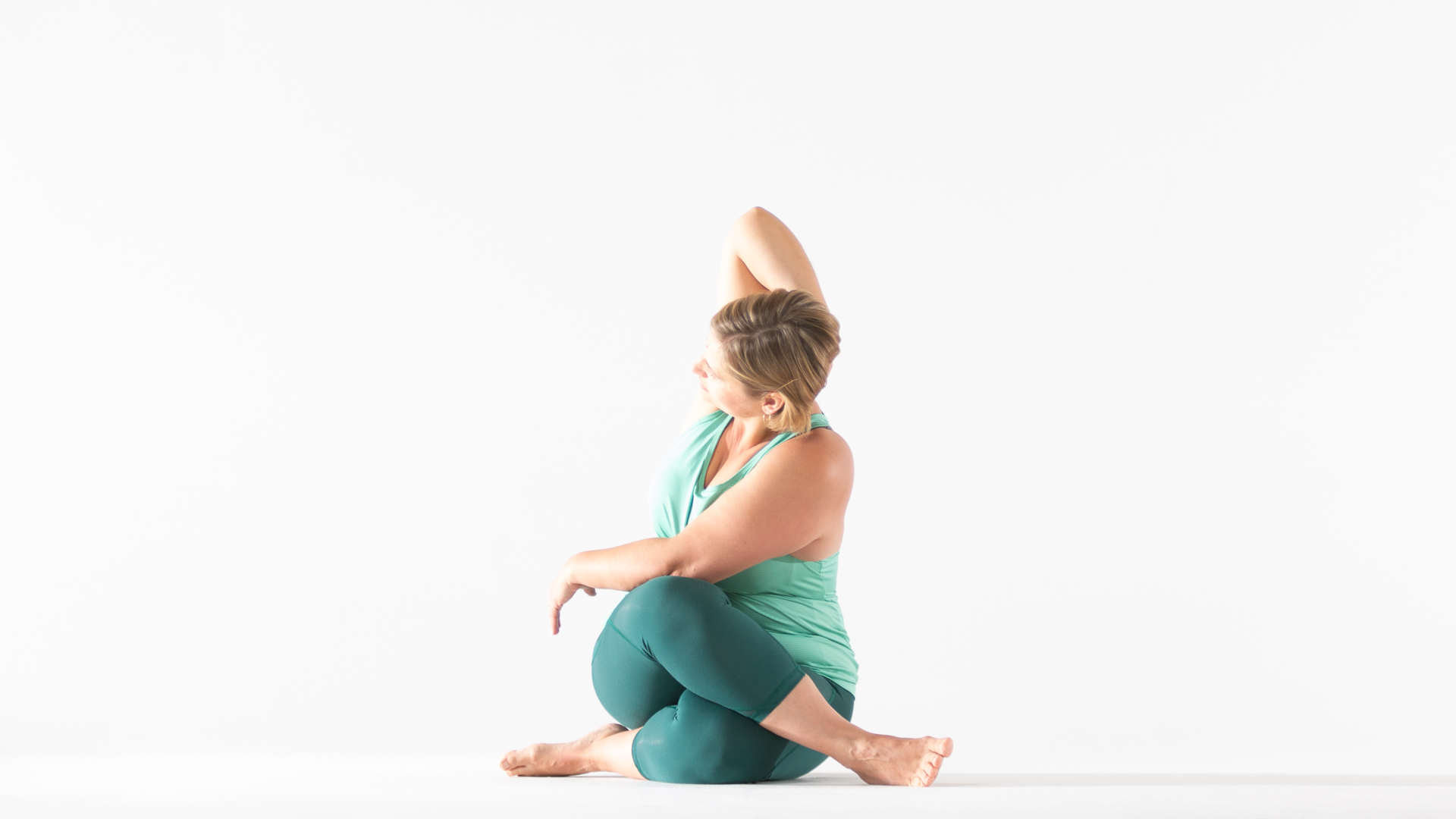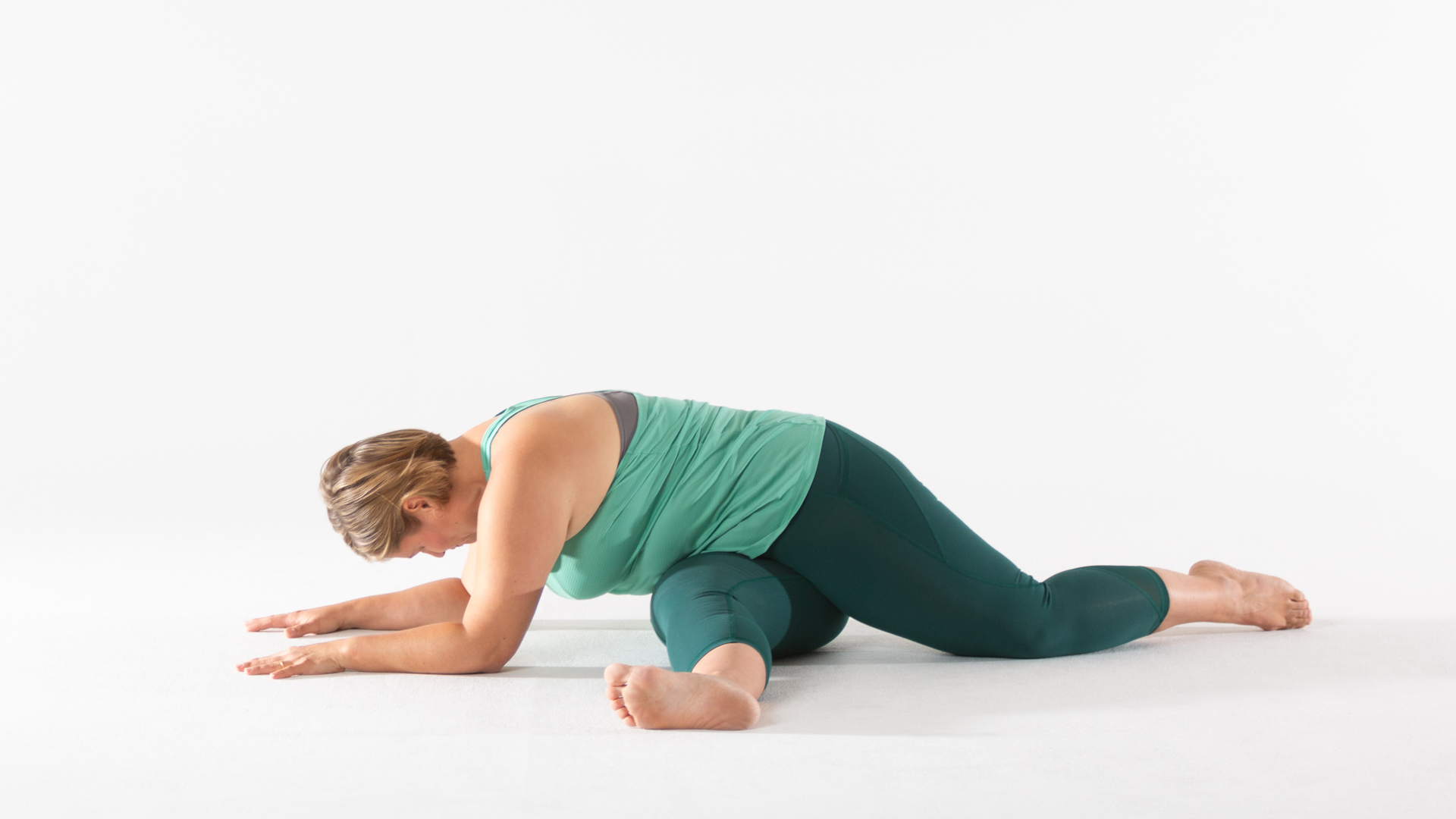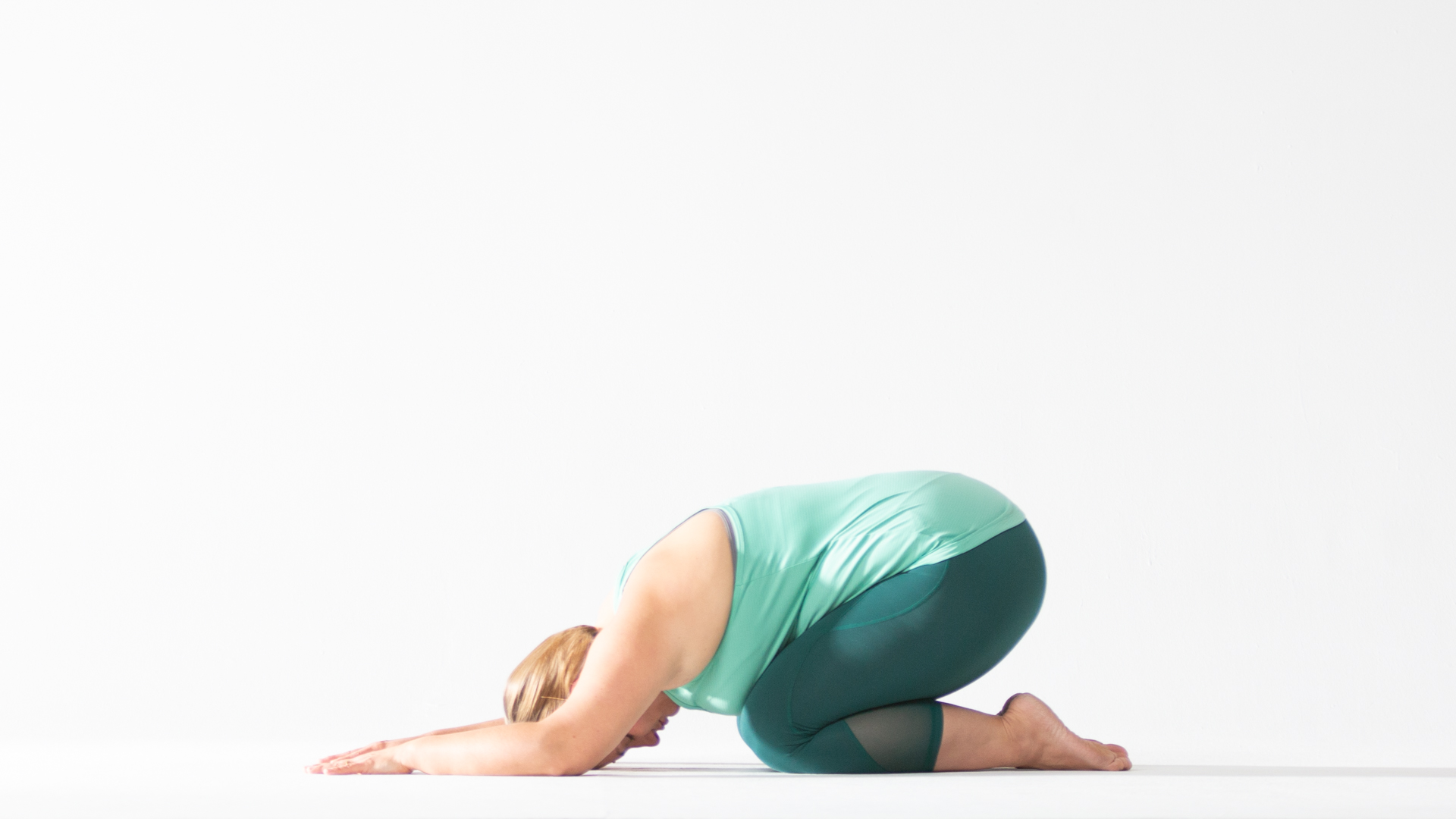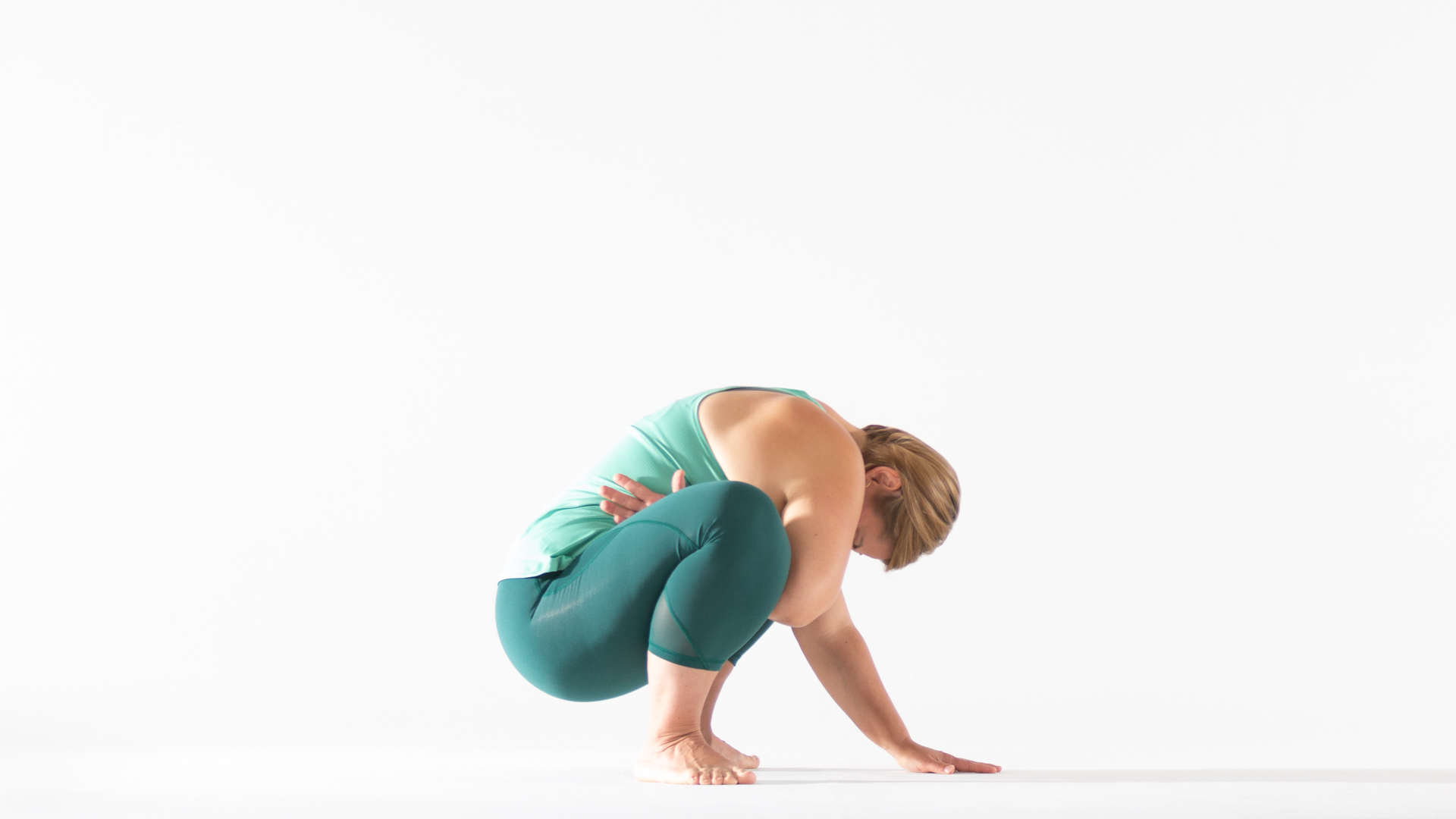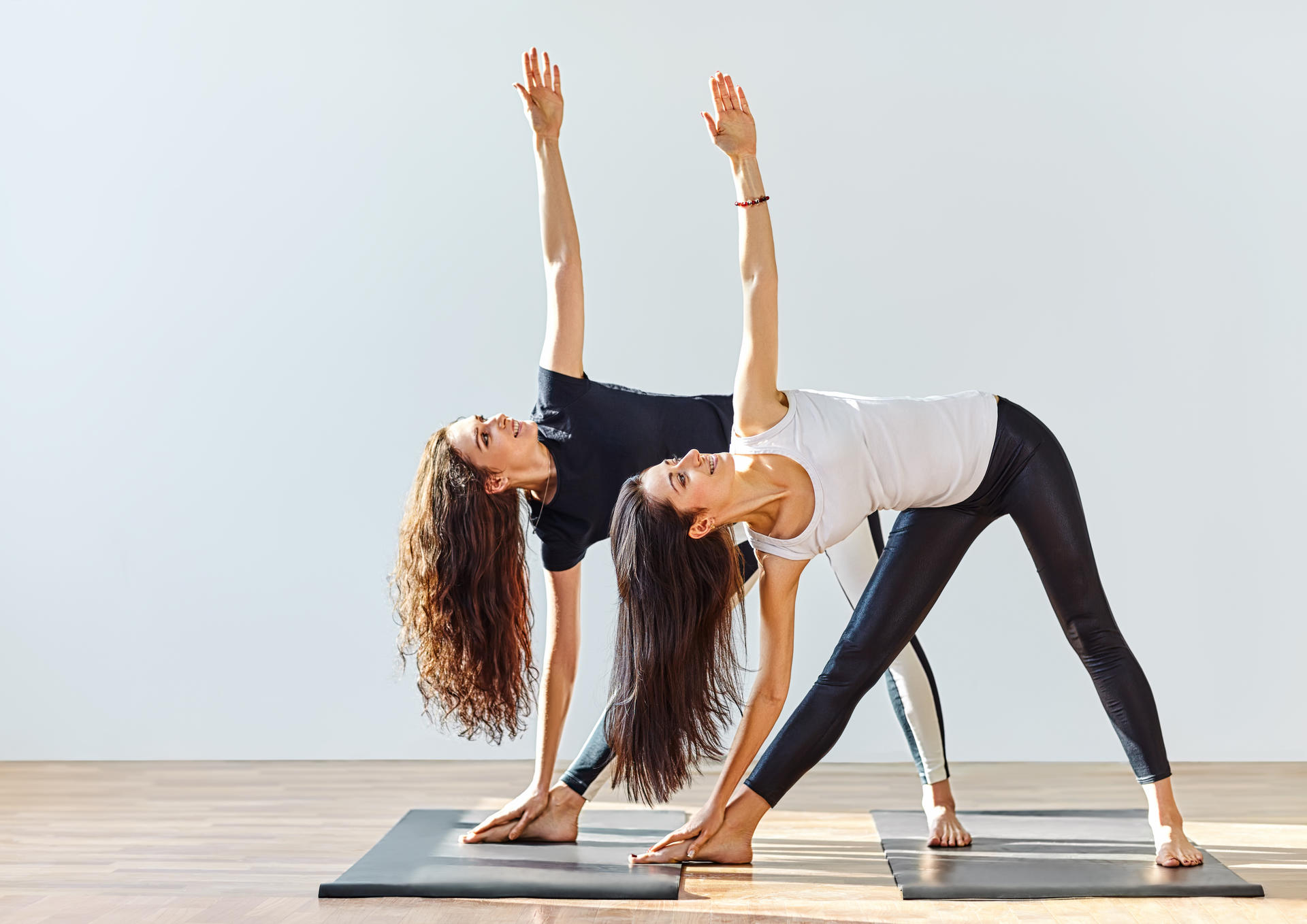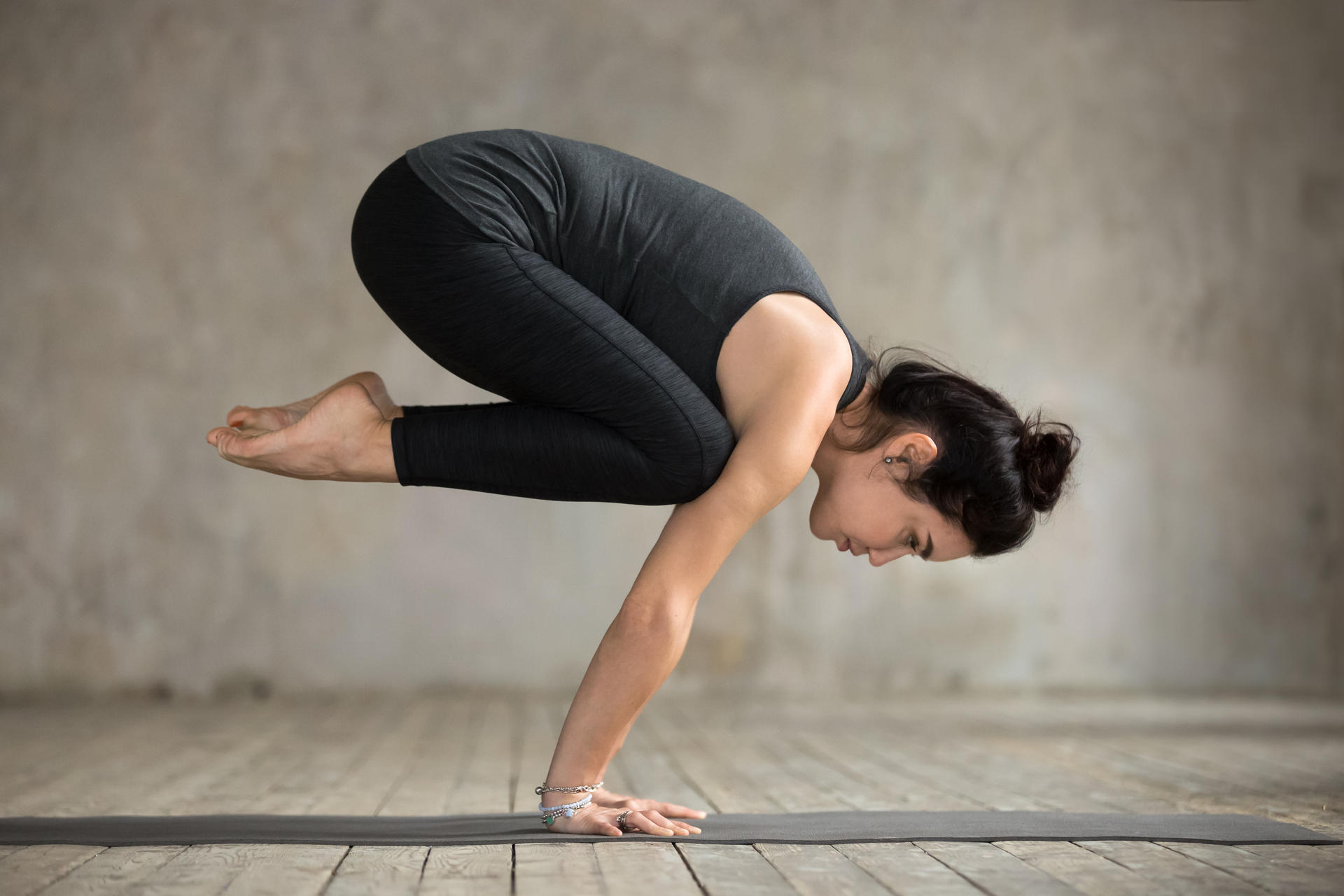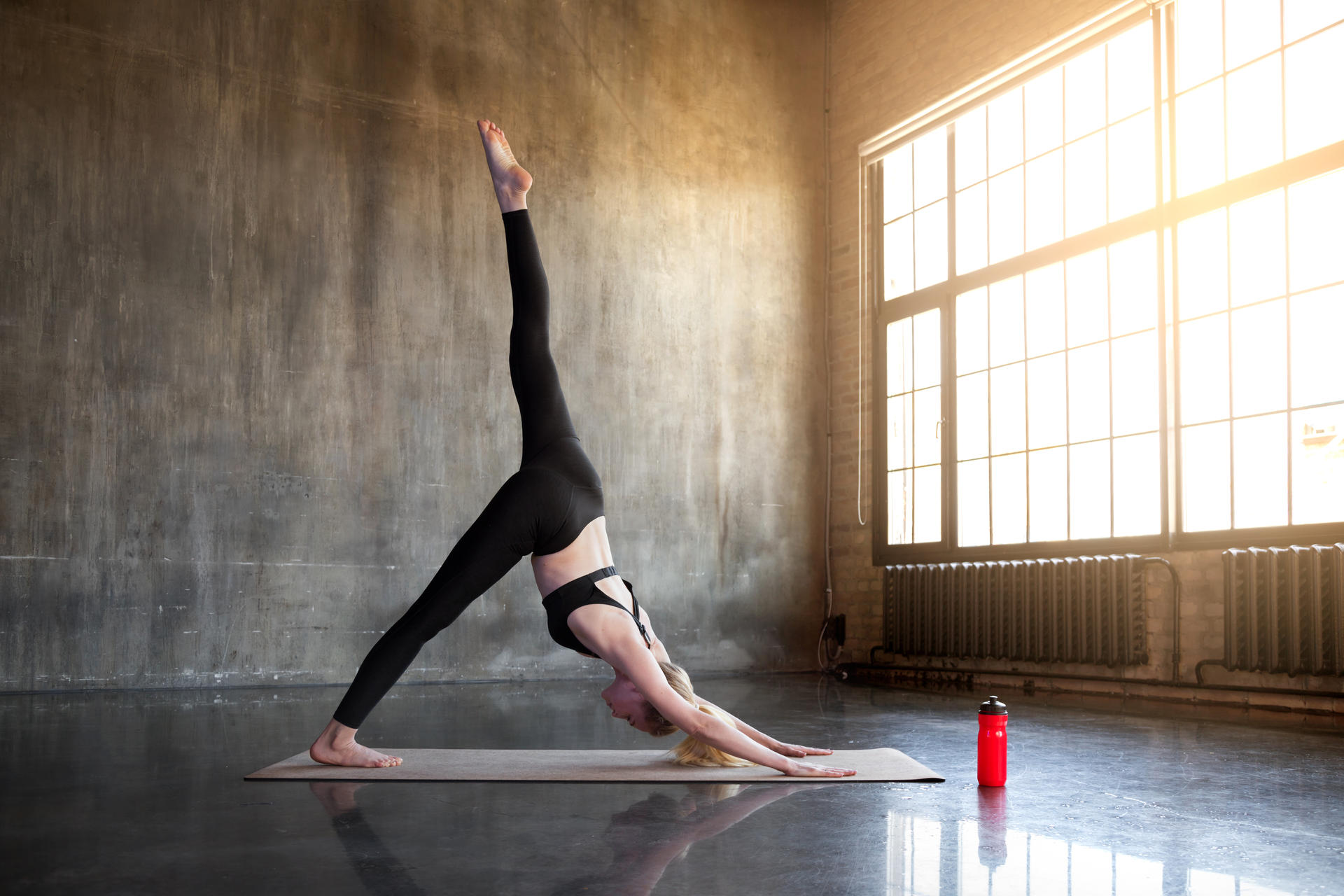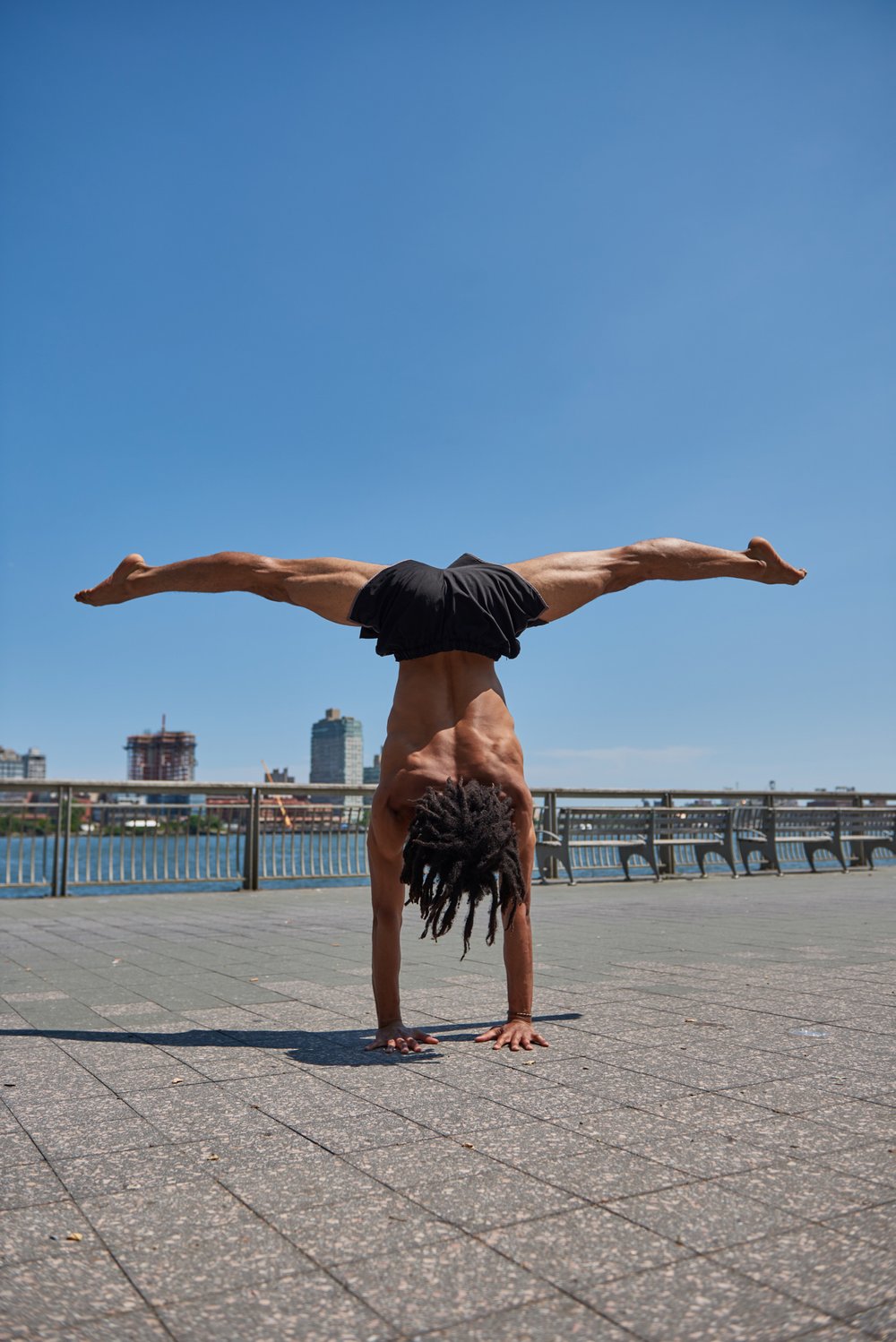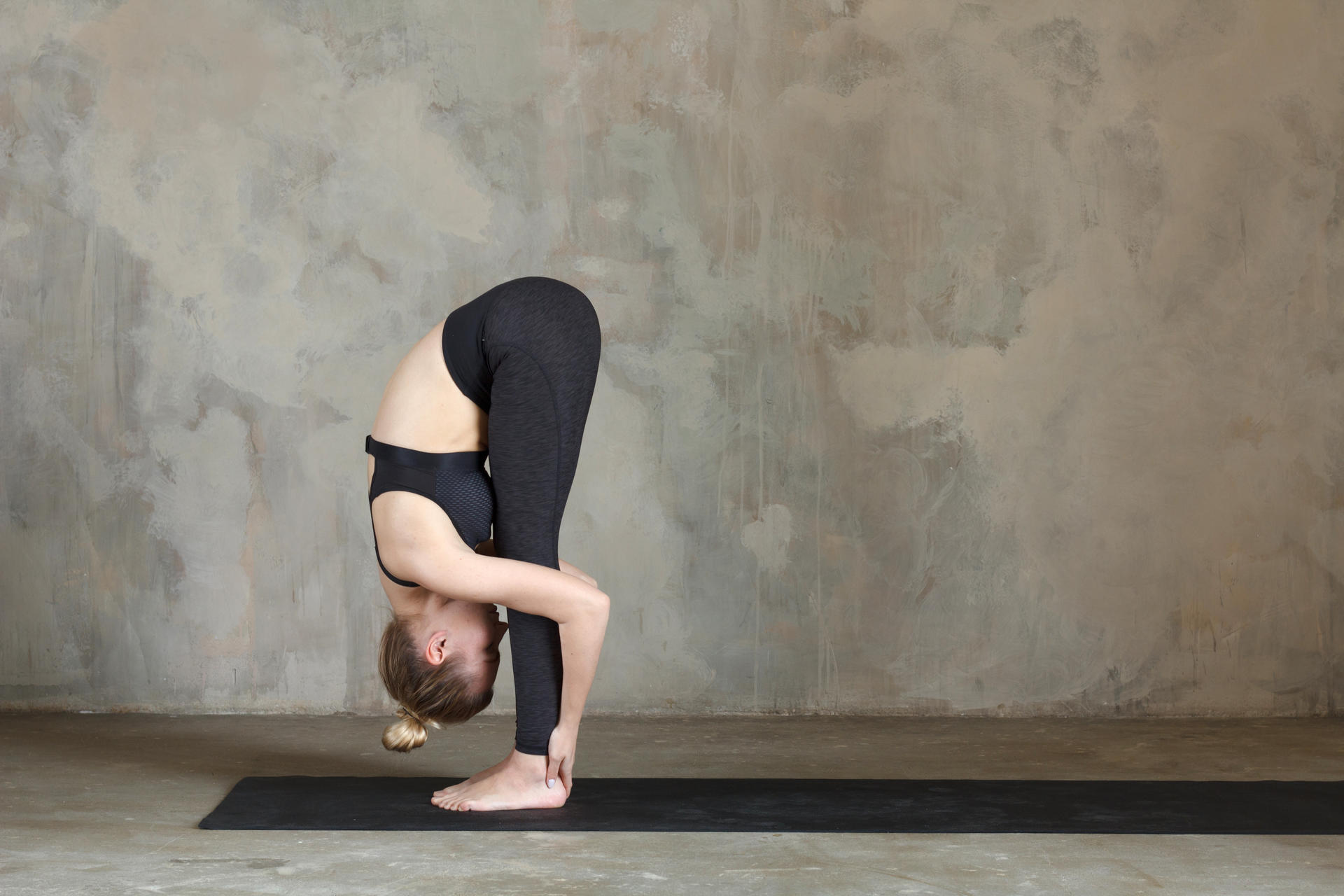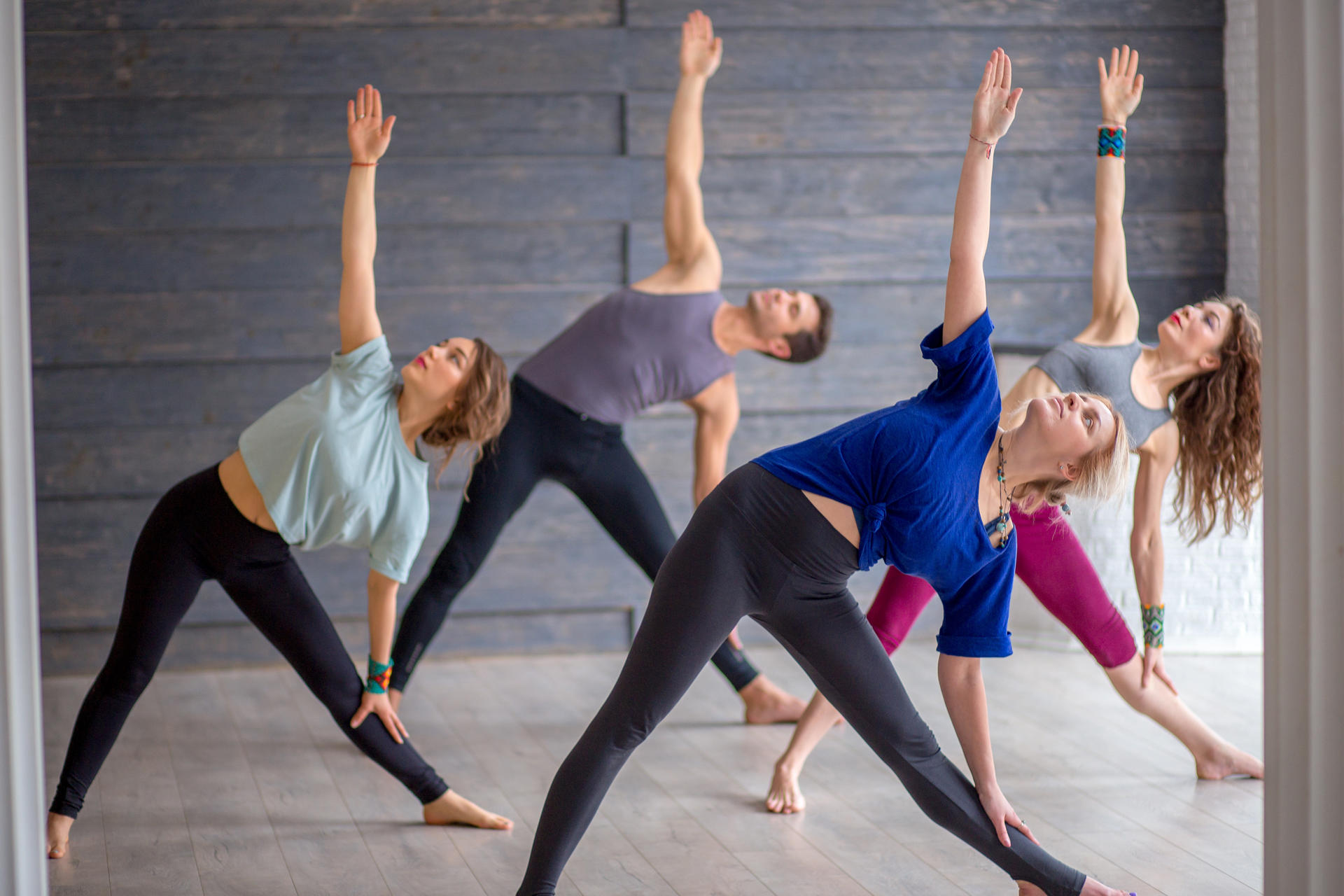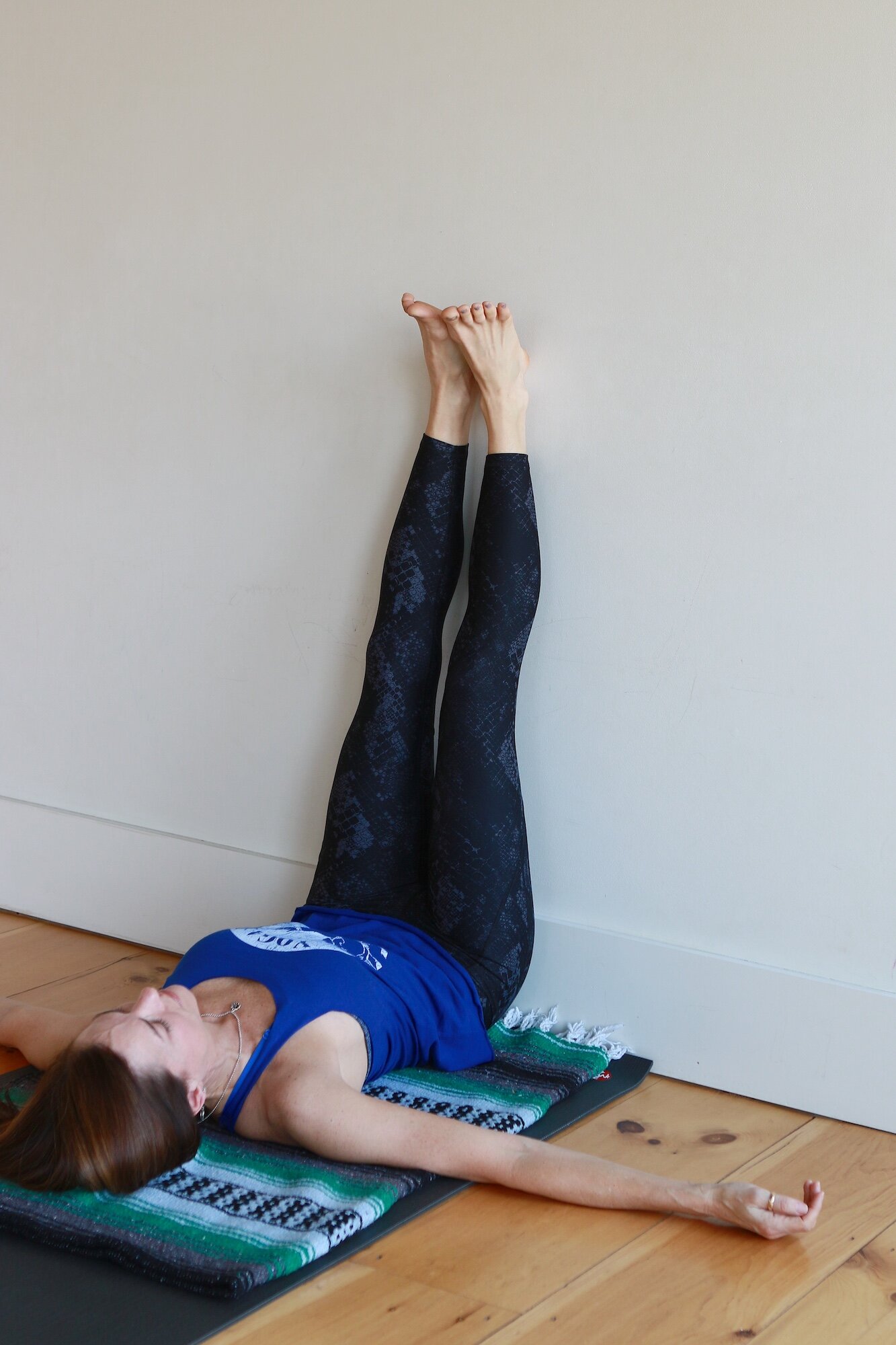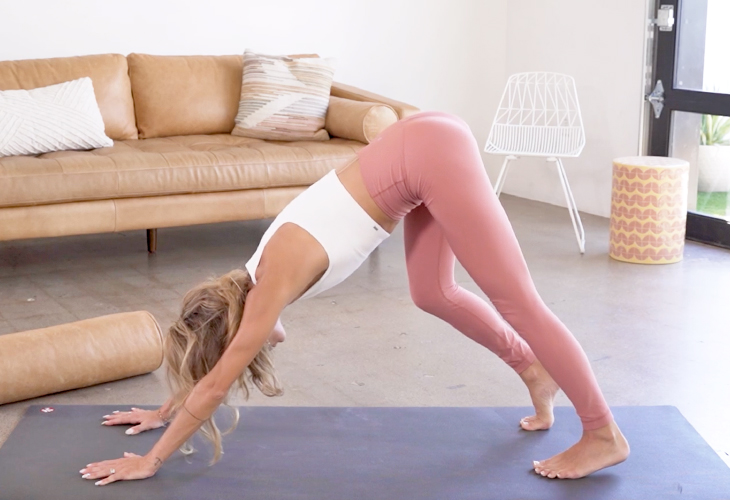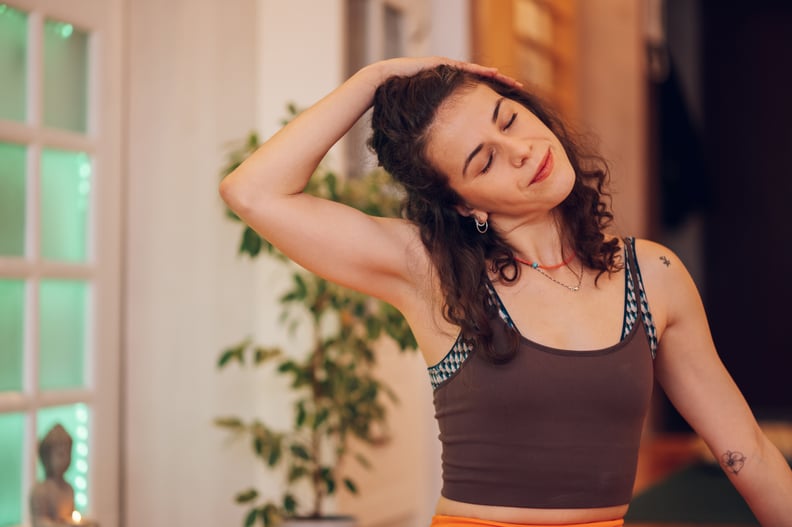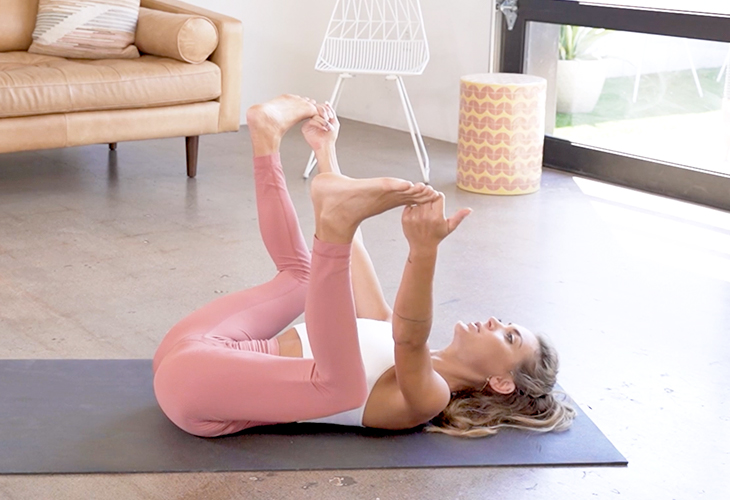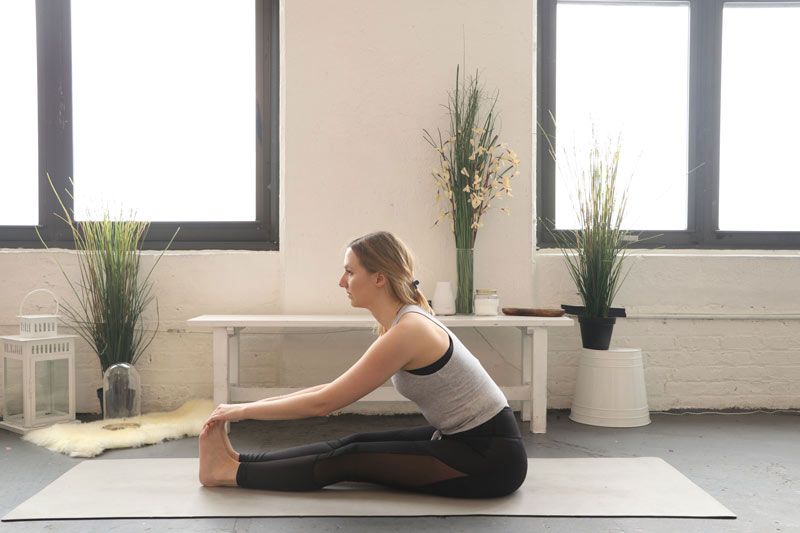Yoga Sculpt is an invigorating workout that combines traditional yoga poses with strength training and cardio exercises. This unique fusion not only enhances flexibility and balance but also builds muscle and boosts cardiovascular endurance. Developed to provide a comprehensive, full-body workout, Yoga Sculpt incorporates weights, high-intensity intervals, and core strengthening exercises. Consequently, this style of yoga appeals to those looking for a challenging, dynamic practice that delivers noticeable results. Therefore, this article delves into the principles, benefits, and components of Yoga Sculpt, offering a thorough understanding of this energetic workout.
Principles of Yoga Sculpt
Yoga Sculpt bridges the gap between mind-body practices and fitness-centric workouts. Understanding its foundational principles helps practitioners appreciate how Yoga Sculpt harmonizes these elements. Therefore, exploring the core values of Yoga Sculpt provides insight into its unique nature.

Integration of Mind and Body
One of the fundamental principles of Yoga Sculpt is the integration of mind and body. By combining yoga poses with strength training, this practice encourages both mental focus and physical exertion. The mindfulness derived from traditional yoga enhances body awareness and mental clarity, encouraging practitioners to stay present during their workout. Additionally, synchronizing breath with movement reinforces the mind-body connection, promoting a holistic approach to fitness. Therefore, the fusion of mind and body in Yoga Sculpt creates a balanced and focused practice.
Building Strength and Stamina
Another critical principle of Yoga Sculpt is building strength and stamina. Incorporating hand weights and resistance exercises into yoga flows challenges the muscles, leading to increased strength and endurance. This integration enables practitioners to experience the benefits of both yoga and traditional strength training in a single session. As a result, muscles become more toned, and overall physical resilience improves. The high-intensity intervals incorporated into Yoga Sculpt enhance cardiovascular fitness and calorie burning. Therefore, building strength and stamina is central to the Yoga Sculpt experience.

Benefits of Yoga Sculpt
Yoga Sculpt offers a range of benefits that support physical, mental, and emotional well-being. Its dynamic nature provides both immediate and long-term advantages. Therefore, understanding the benefits of Yoga Sculpt can help you decide if this energetic practice aligns with your fitness goals.
Improved Muscle Tone
One of the most noticeable benefits of Yoga Sculpt is improved muscle tone. The combination of yoga poses and strength training targets various muscle groups, promoting balanced development. Using hand weights intensifies the workout, encouraging muscle engagement and growth. Regular practice leads to a more sculpted and defined physique. Unlike traditional weightlifting, Yoga Sculpt also incorporates flexibility and balance, contributing to overall muscle functionality. Therefore, practitioners can expect improved muscle tone and a stronger, more agile body.
Enhanced Cardiovascular Health
Another significant benefit of Yoga Sculpt is enhanced cardiovascular health. The high-intensity intervals integrated into the practice elevate the heart rate, promoting cardiovascular endurance. This increase in heart rate helps improve circulation, strengthen the heart, and boost overall stamina. Additionally, the combination of cardio and strength training creates a high-calorie burning workout, aiding in weight management. As cardiovascular fitness improves, practitioners may experience increased energy levels and reduced risk of heart disease. Therefore, Yoga Sculpt significantly contributes to cardiovascular health, making it a well-rounded fitness practice.

Components of a Yoga Sculpt Class
A typical Yoga Sculpt class incorporates various elements that contribute to its dynamic and effective nature. These components work together to create a balanced and comprehensive workout. Therefore, understanding the structure of a Yoga Sculpt class can prepare you for what to expect during your practice.
Warm-Up and Stretching
A Yoga Sculpt class typically begins with a warm-up and stretching session. This initial phase focuses on preparing the body for the workout ahead by gradually increasing heart rate and loosening the muscles. Gentle yoga poses and dynamic stretches are used to activate different muscle groups and improve flexibility. This warm-up period helps prevent injuries and primes the body for more intense exercise. Additionally, incorporating mindful breathing sets a tone of focus and relaxation, gearing the mind for the practice. Therefore, the warm-up and stretching phase is essential for a safe and effective Yoga Sculpt class.
Strength Training and Cardio Intervals
Following the warm-up, the class transitions into strength training and cardio intervals. These segments are designed to build muscle and elevate heart rate. Hand weights are introduced to enhance yoga poses, creating resistance that challenges different muscle groups. Compound movements such as lunges, squats, and bicep curls are incorporated into the flow, promoting full-body engagement. Cardio intervals such as high knees, jumping jacks, or mountain climbers are interspersed to boost cardiovascular endurance. This combination of strength training and cardio ensures a comprehensive and high-energy workout. Therefore, this phase is the core component of a Yoga Sculpt class.

Tips for Practicing Yoga Sculpt
For those new to Yoga Sculpt or looking to enhance their practice, several tips can ensure a rewarding experience. These recommendations focus on safety, consistency, and customization. Therefore, exploring these tips can help you maximize the benefits of your Yoga Sculpt practice.
Start with Light Weights
One important tip for practicing Yoga Sculpt is to start with light weights. If you are new to this style of yoga or weight training, beginning with lighter weights will help you become accustomed to the movements and prevent overexertion. Light weights allow you to maintain proper form and technique, reducing the risk of injury. As you build strength and confidence, you can gradually increase the weight to continue challenging your muscles. Therefore, starting with light weights ensures a safe and progressive approach to Yoga Sculpt.
Listen to Your Body
Listening to your body is crucial for a safe and effective Yoga Sculpt practice. Pay attention to how your body feels during the workout and make adjustments as needed. If you experience any pain or discomfort, modify the pose or take a break. It is essential to differentiate between the discomfort of muscle engagement and the pain of potential injury. Honor your body’s limits and avoid pushing yourself too hard. Additionally, stay hydrated and take time to rest and recover between sessions. Therefore, listening to your body enhances a mindful and injury-free practice.
Integrating Yoga Sculpt into Your Fitness Routine
Integrating Yoga Sculpt into your fitness routine can elevate your overall wellness and physical capabilities. By incorporating it into your schedule and combining it with other forms of exercise, you can achieve a balanced and dynamic fitness regimen. Therefore, exploring strategies for integrating Yoga Sculpt into your routine ensures a well-rounded approach to fitness.
Establishing a Regular Practice
Establishing a regular Yoga Sculpt practice helps you build momentum and see consistent results. Start by scheduling specific days and times for your Yoga Sculpt sessions—this could be two to three times a week. Consistency is key to improving strength, endurance, and flexibility. Track your progress by keeping a workout journal or using a fitness app to monitor your performance and achievements. Regular practice fosters discipline and commitment, helping you stay motivated and dedicated to your fitness goals. Therefore, establishing a regular Yoga Sculpt practice promotes sustained progress and benefits.

Complementing Other Workouts
Combining Sculpt with other forms of exercise ensures a well-rounded fitness routine. Supplement your Yoga Sculpt sessions with activities such as running, swimming, or cycling to enhance cardiovascular endurance. Incorporate strength training exercises for specific muscle groups or try other yoga styles to improve flexibility and balance. Engaging in activities that promote relaxation, such as meditation or walking in nature, can also complement your dynamic workouts. This variety not only prevents workout monotony but also promotes comprehensive physical and mental well-being. Therefore, complementing Yoga Sculpt with other workouts creates a balanced and holistic fitness regimen.
Conclusion: The Dynamic Power of Yoga Sculpt
Yoga Sculpt is a powerful and dynamic workout that fuses traditional yoga with strength training and cardio exercises. By understanding its core principles, such as the integration of mind and body and the focus on building strength and stamina, you can appreciate the essence of this practice. The numerous benefits, from improved muscle tone to enhanced cardiovascular health, demonstrate Yoga Sculpt’s transformative potential. In 2024, pay more attention to your health.
A typical Sculpt class is structured to include warm-up and stretching, followed by strength training and cardio intervals, creating a comprehensive and effective workout. For a rewarding experience, starting with light weights and listening to your body are essential tips.
Integrating Sculpt into your fitness routine through a regular practice and complementing it with other workouts promotes a well-rounded and dynamic approach to fitness. Embrace the energy and challenge of Sculpt to elevate your physical and mental well-being. Therefore, as you explore new ways to stay active and healthy, consider the invigorating power of Sculpt. Happy practicing!
